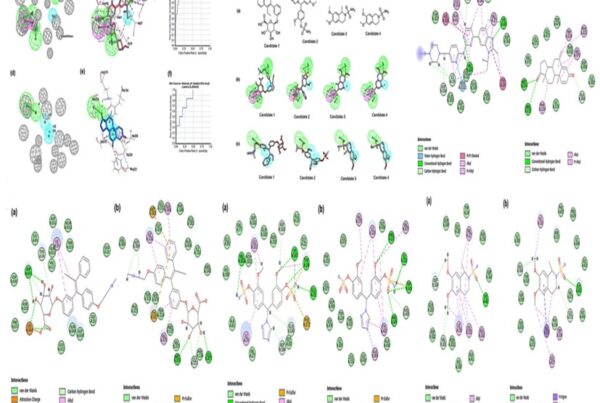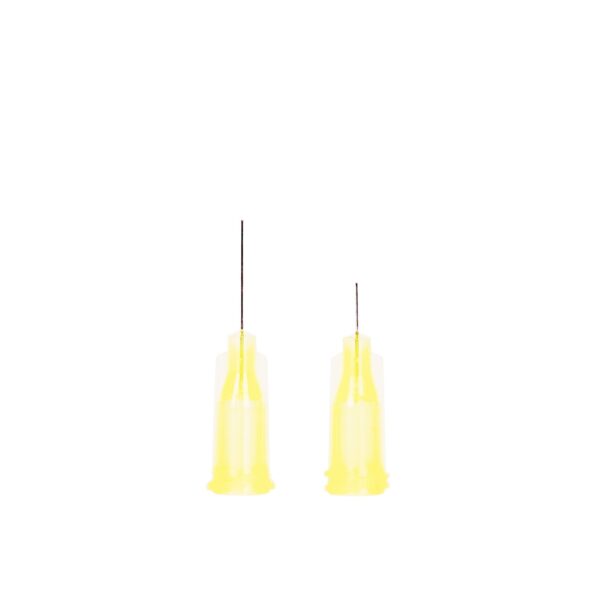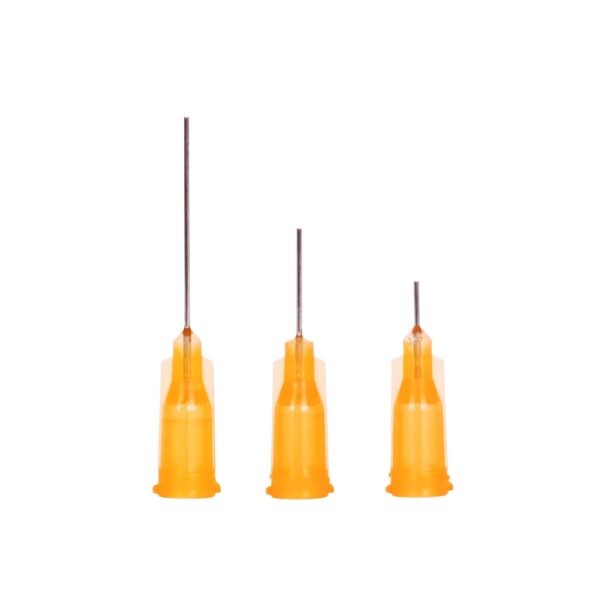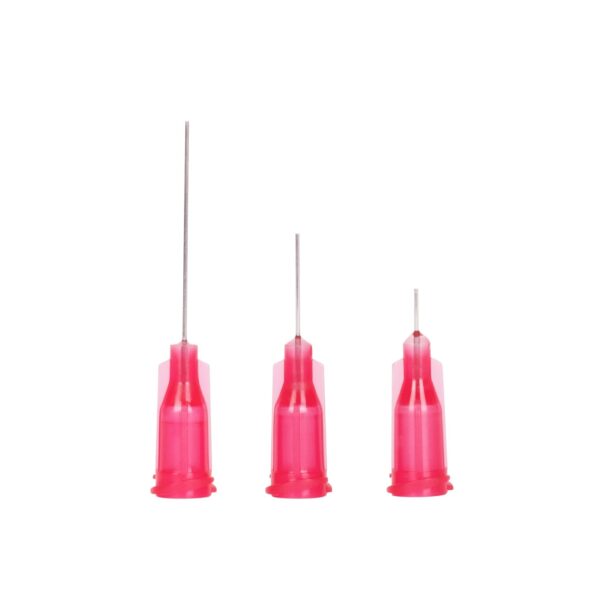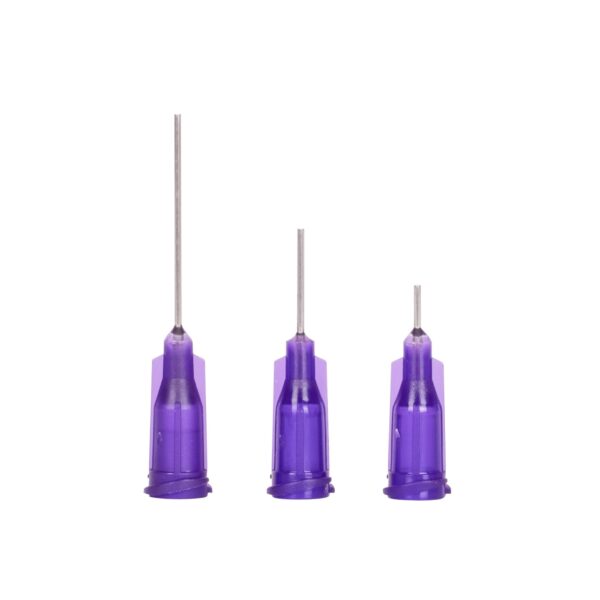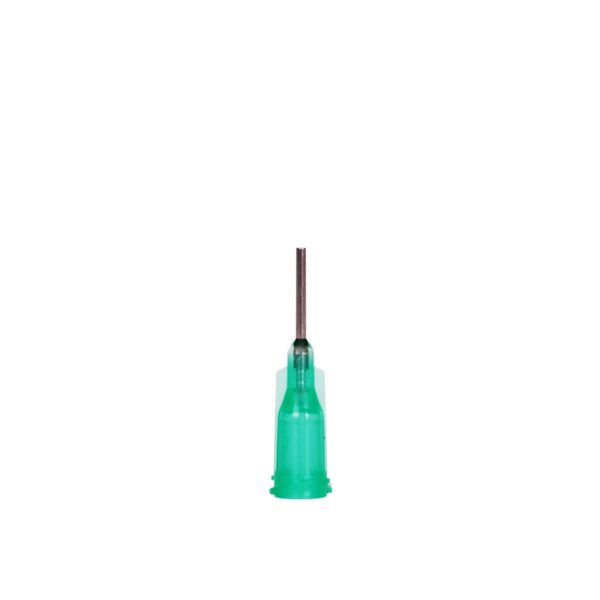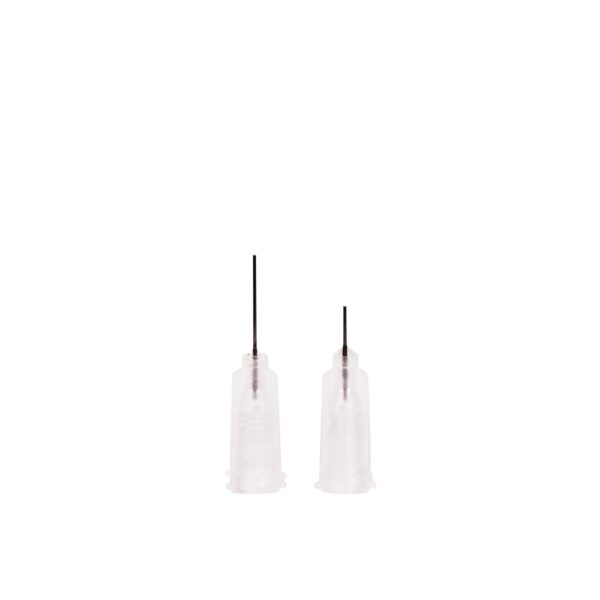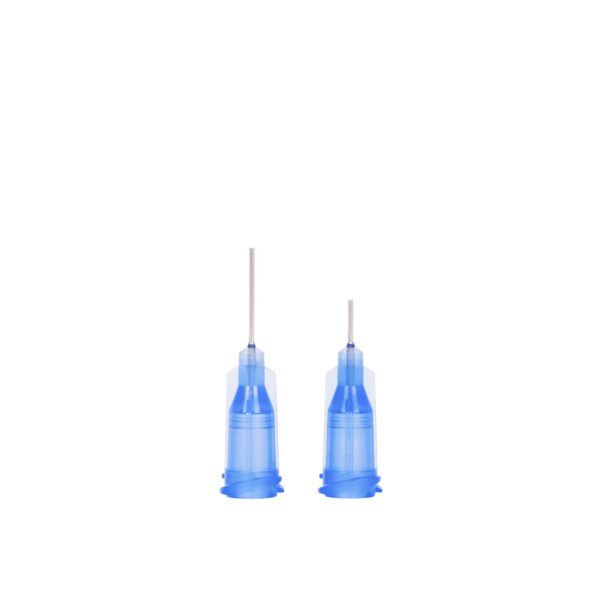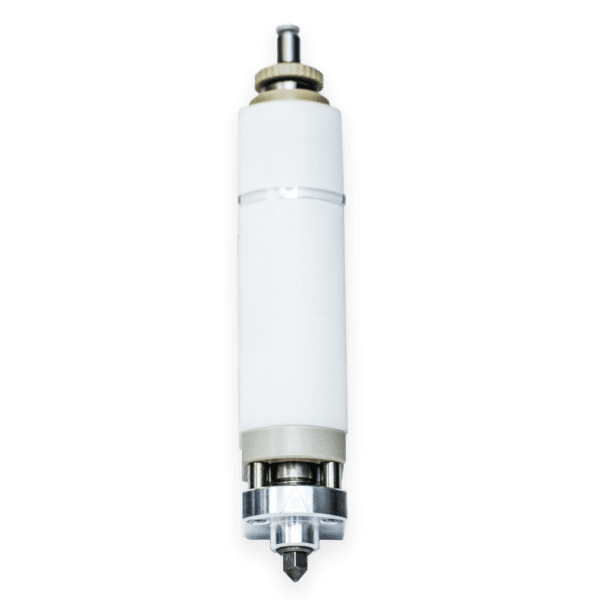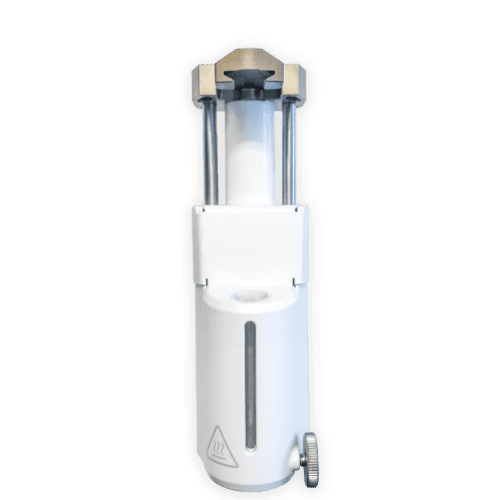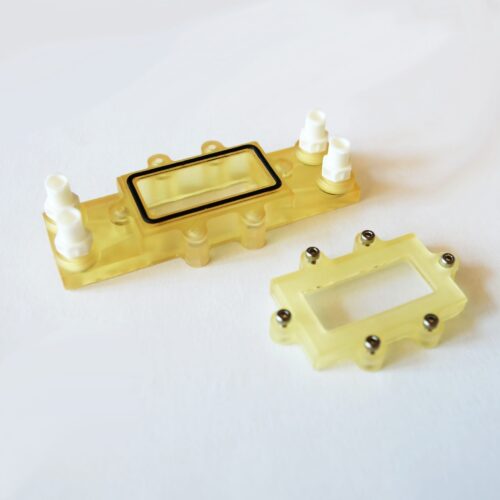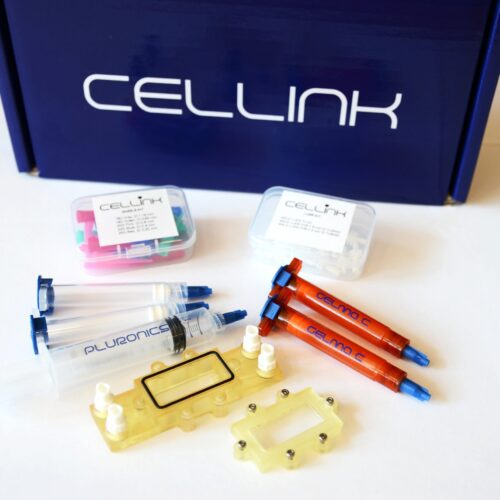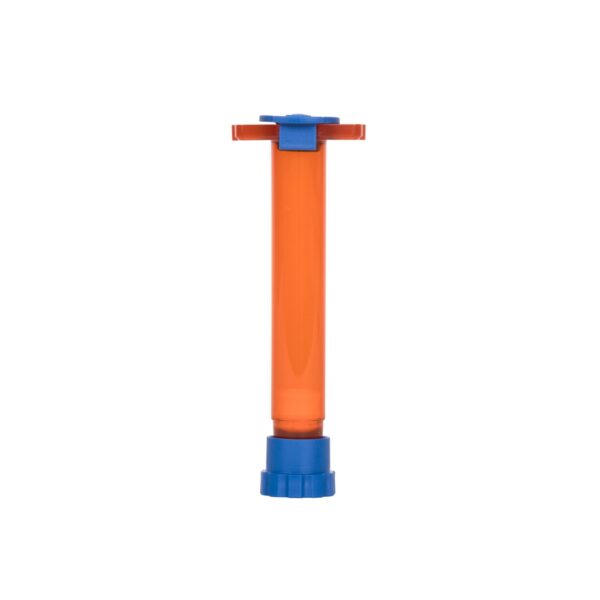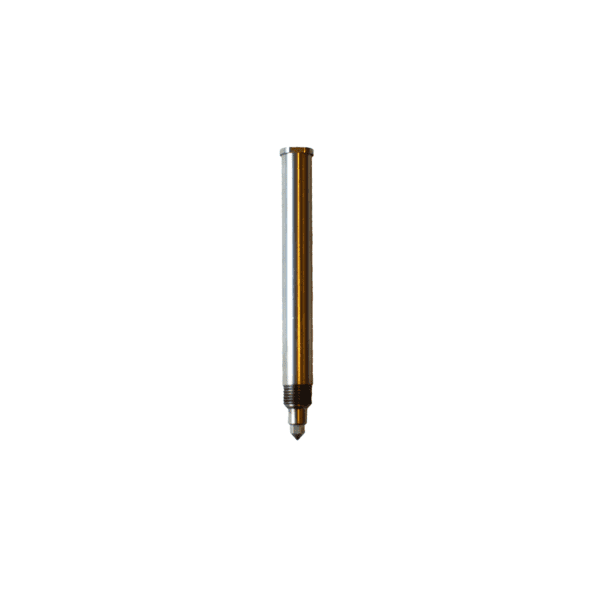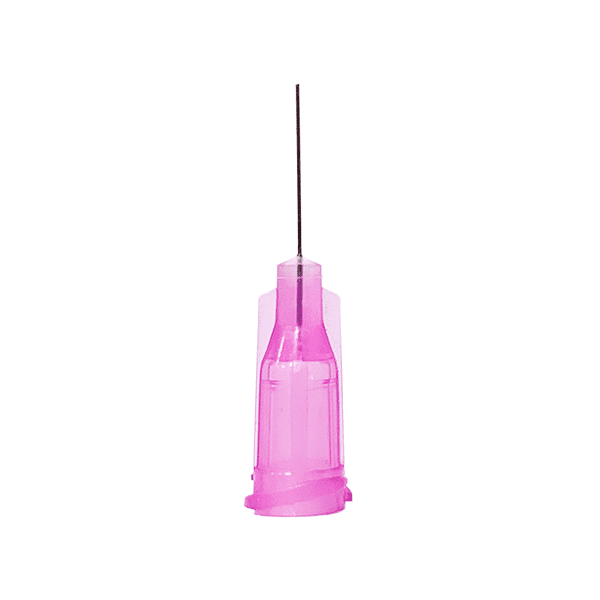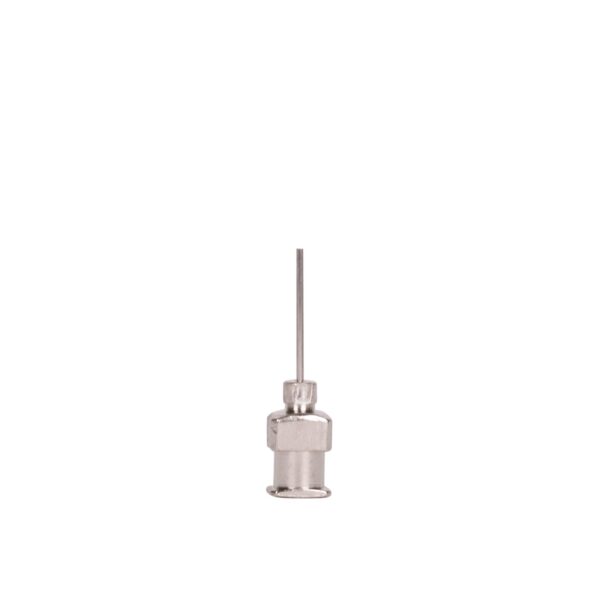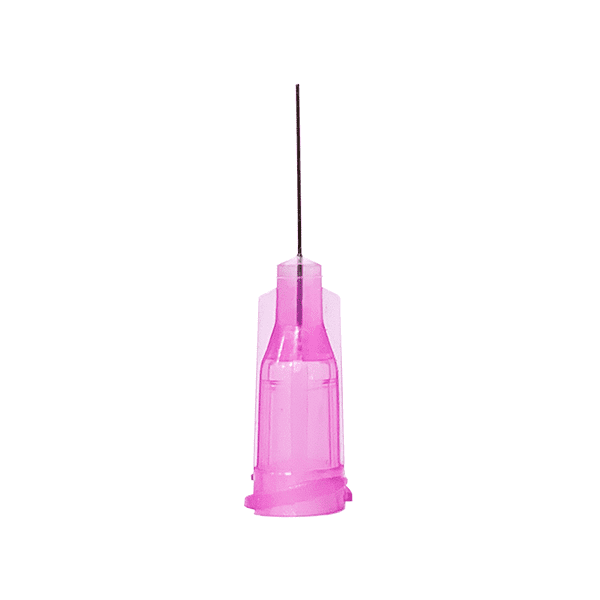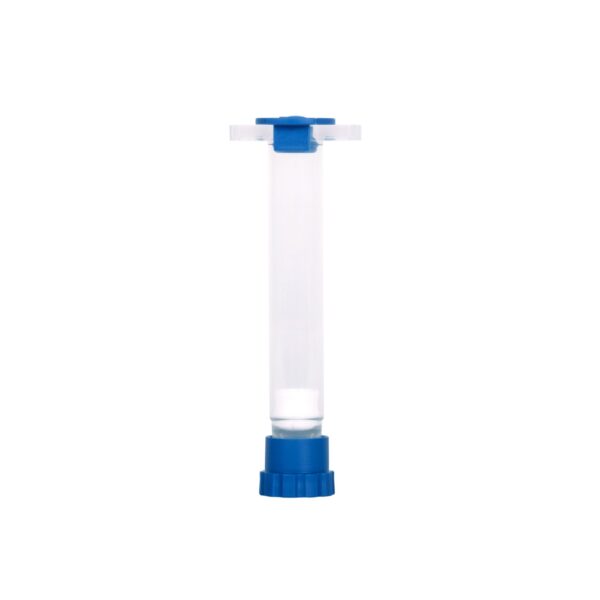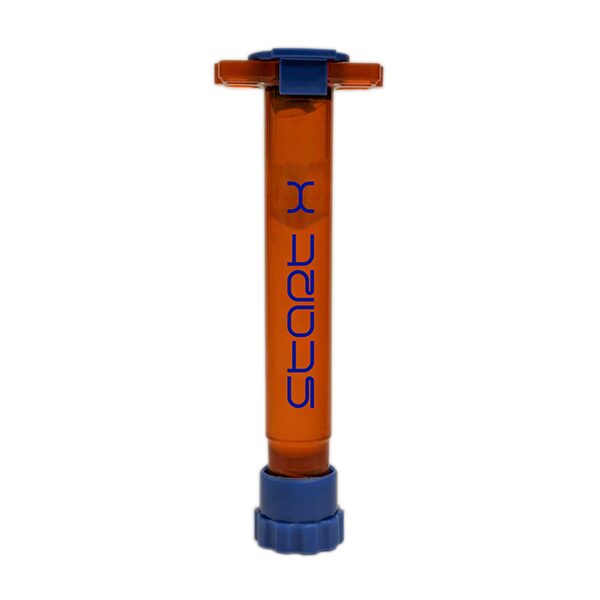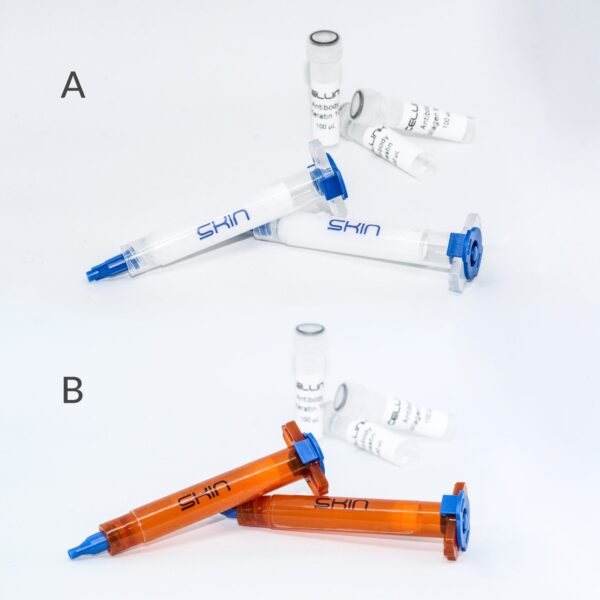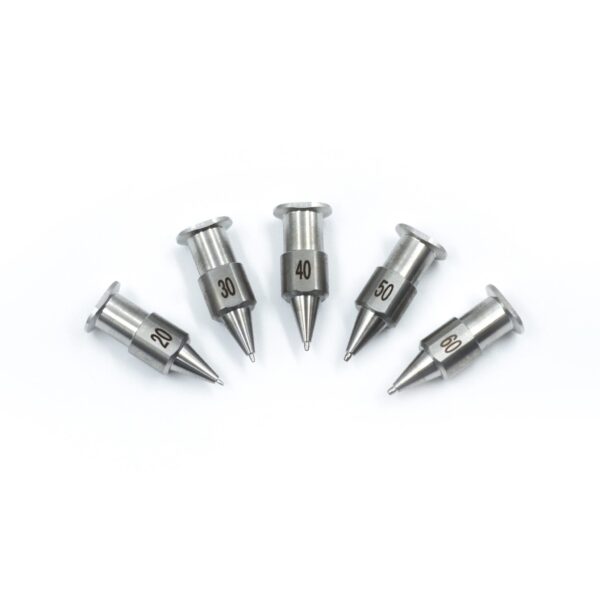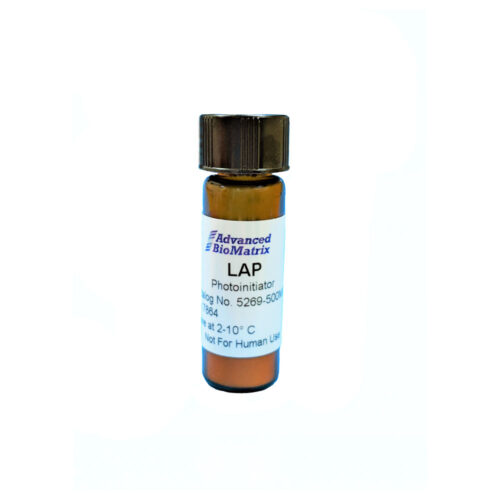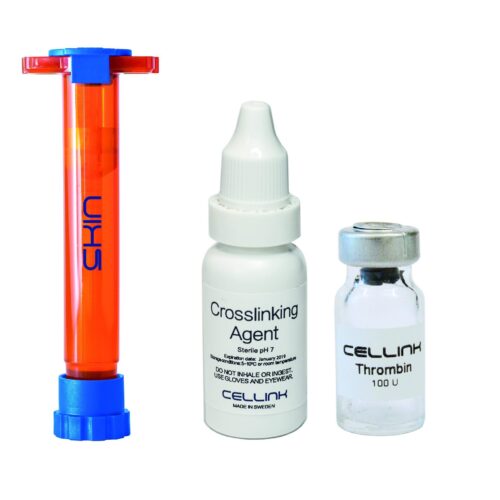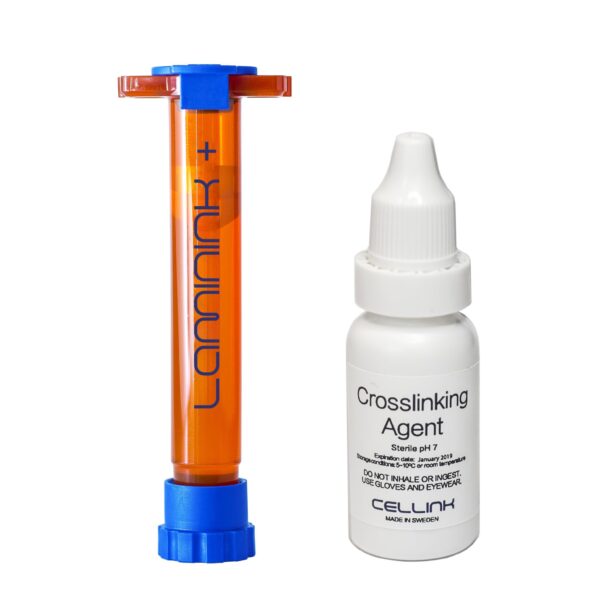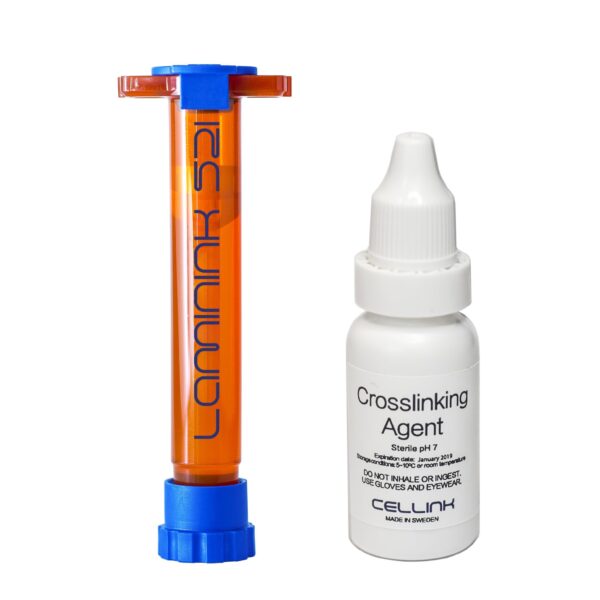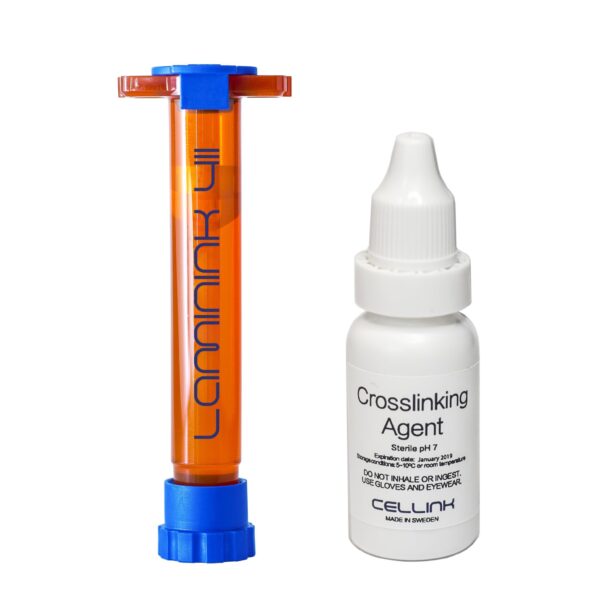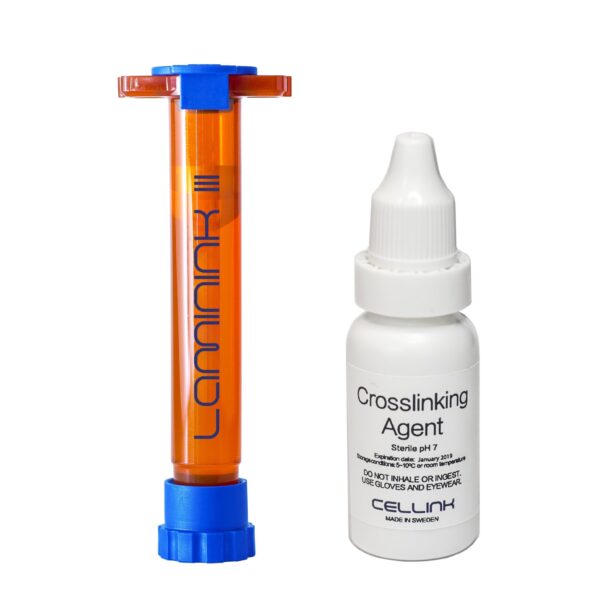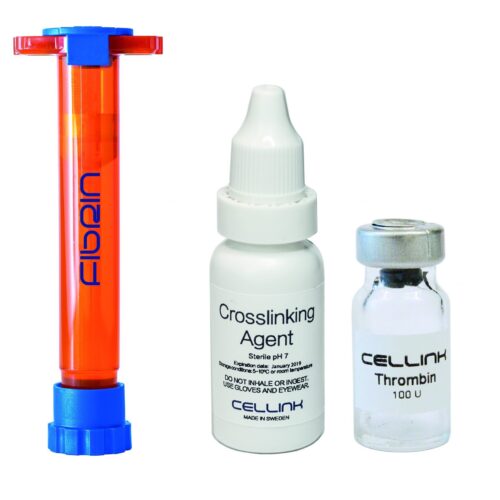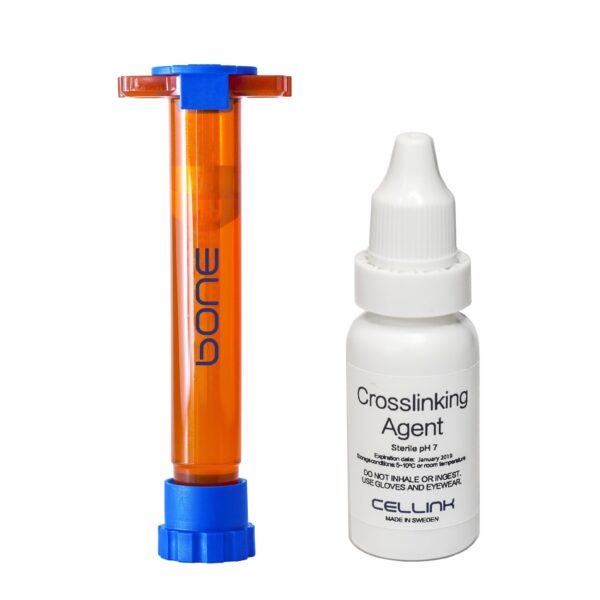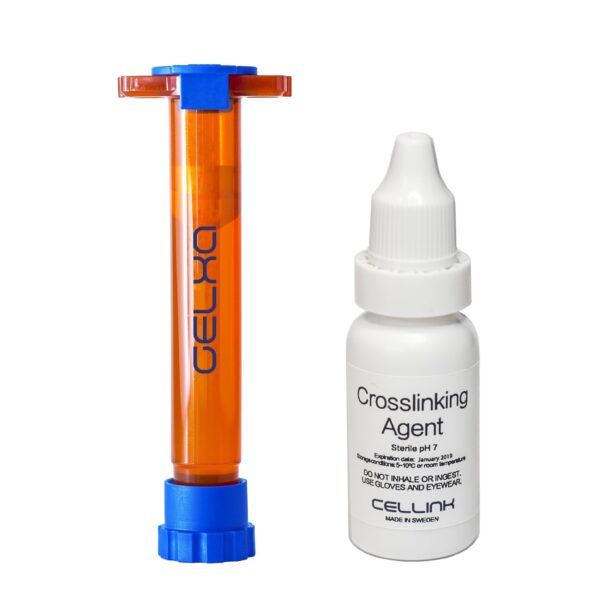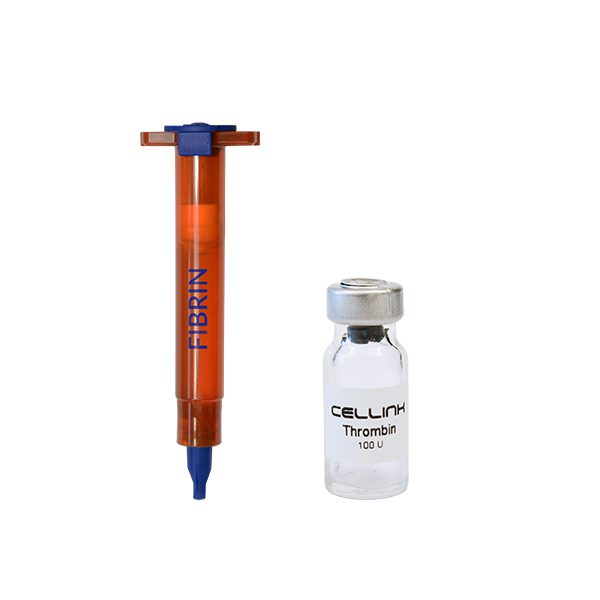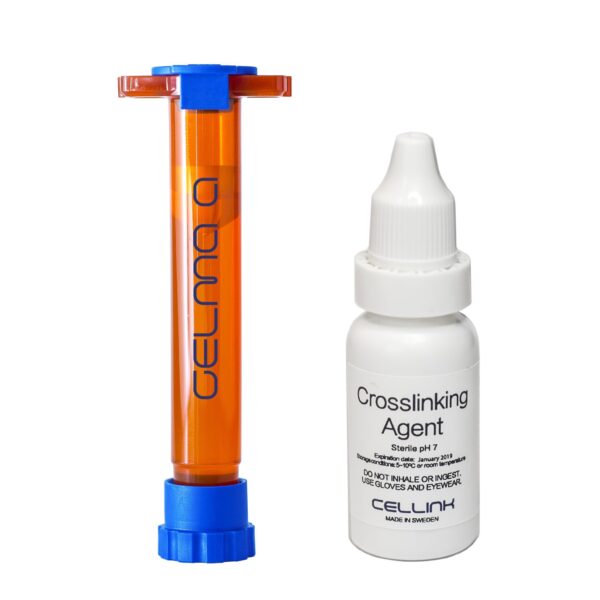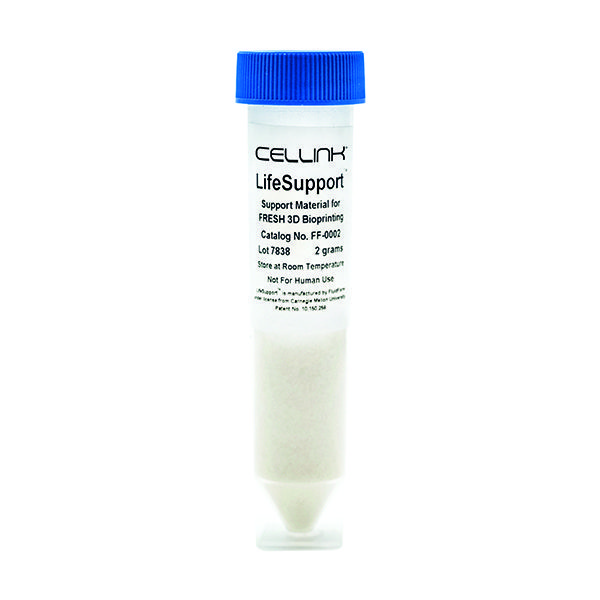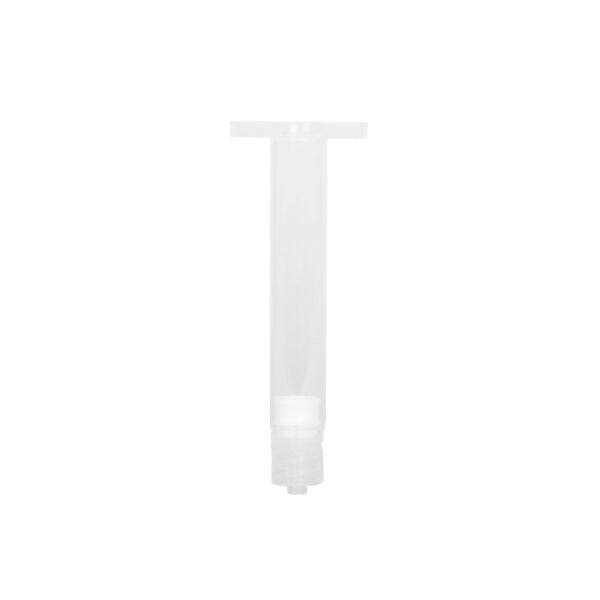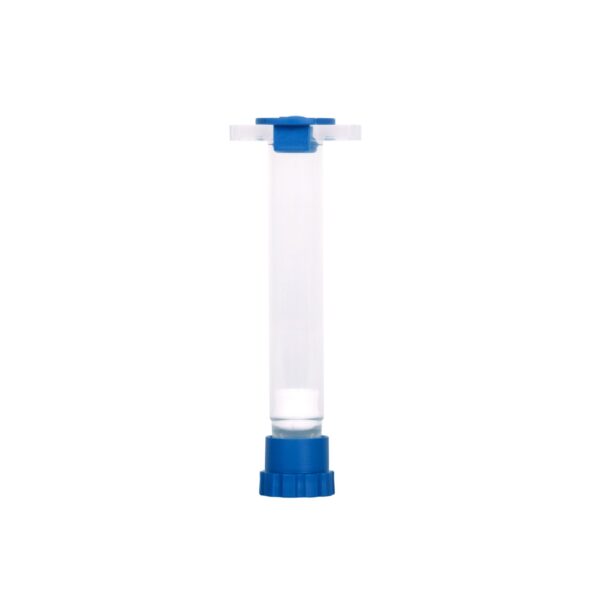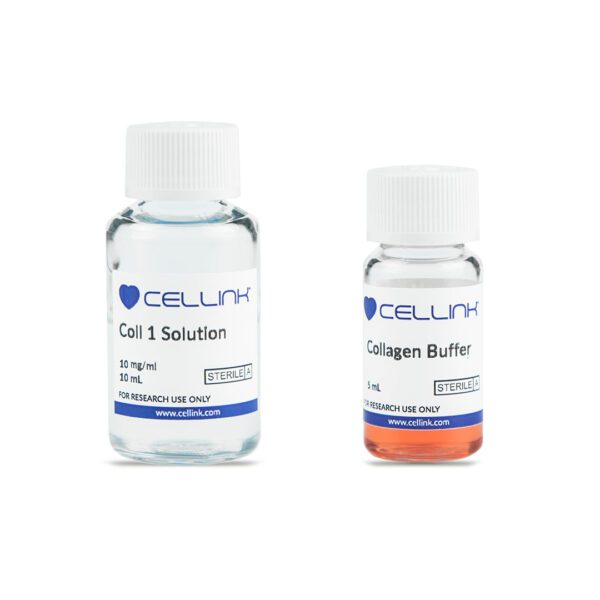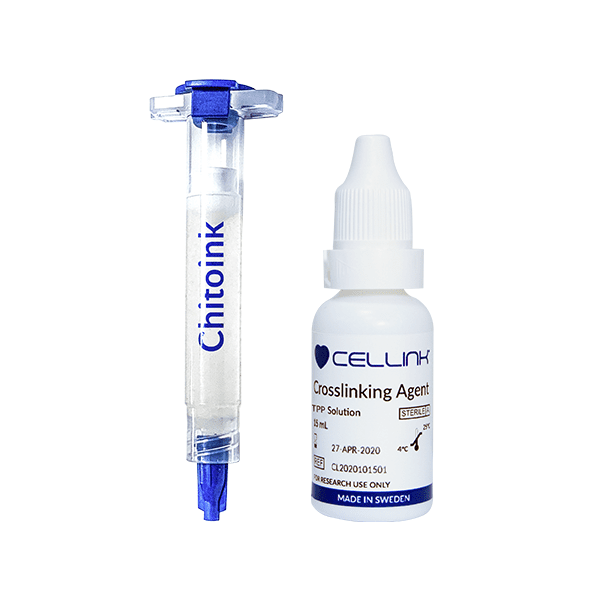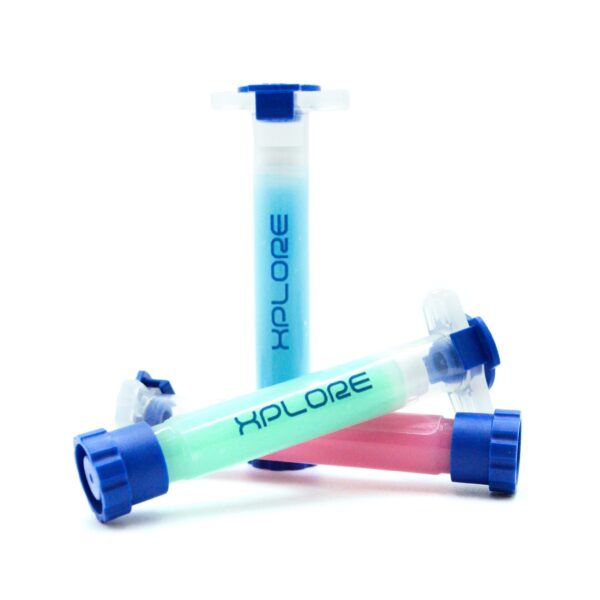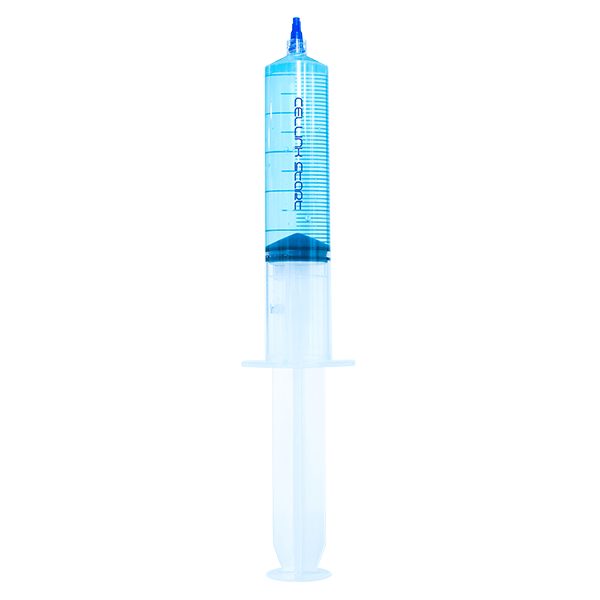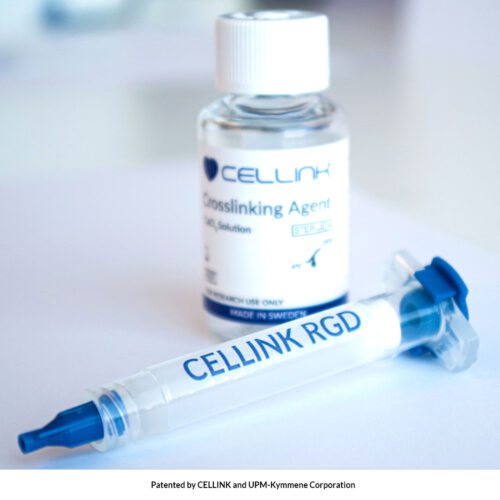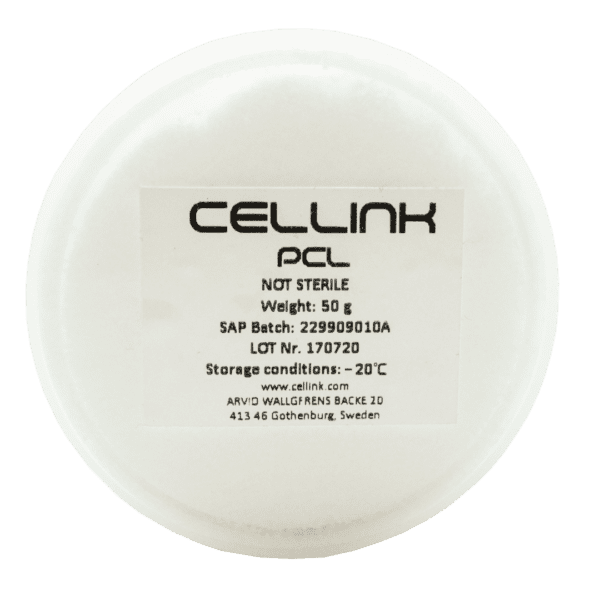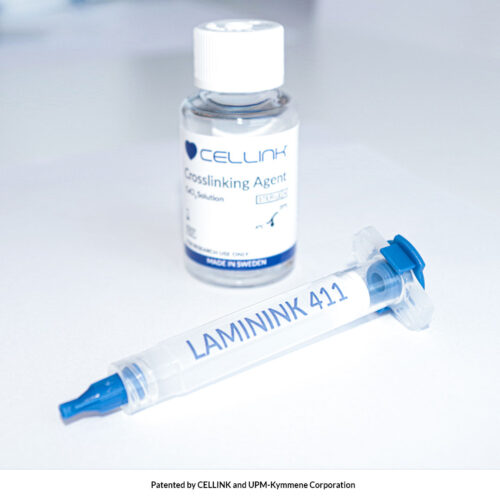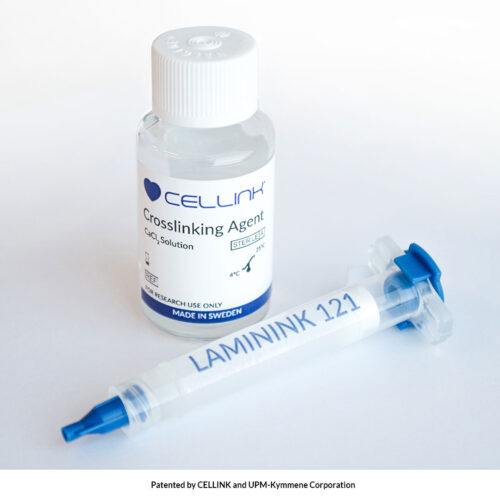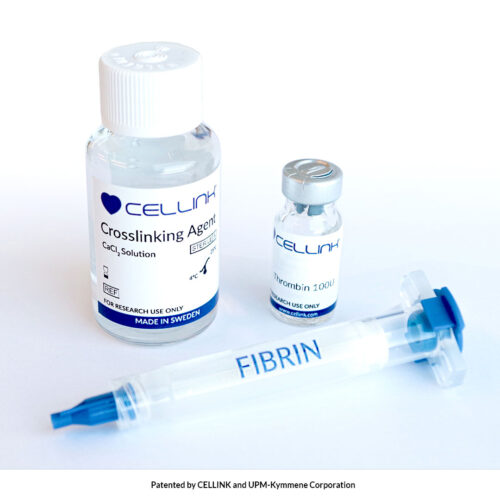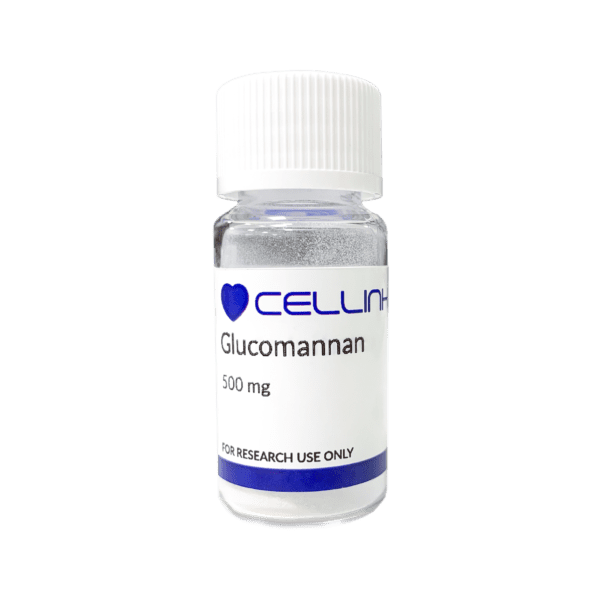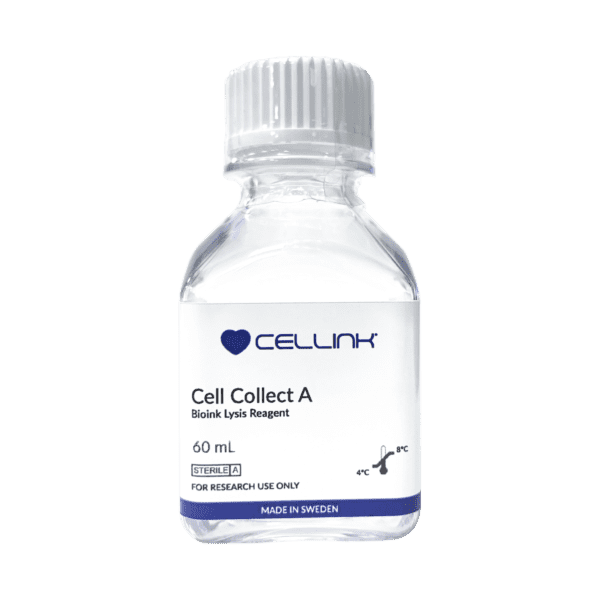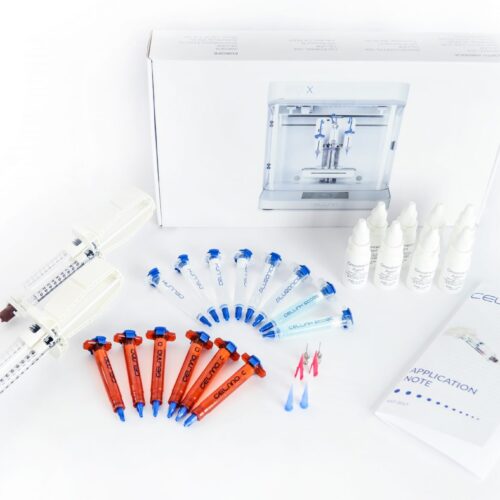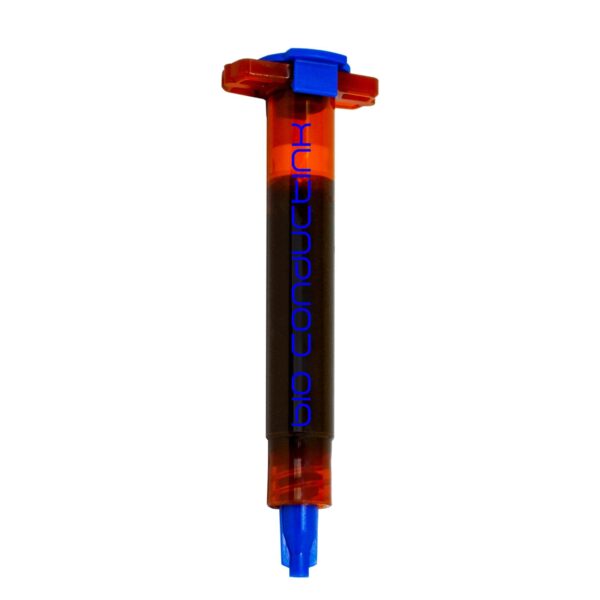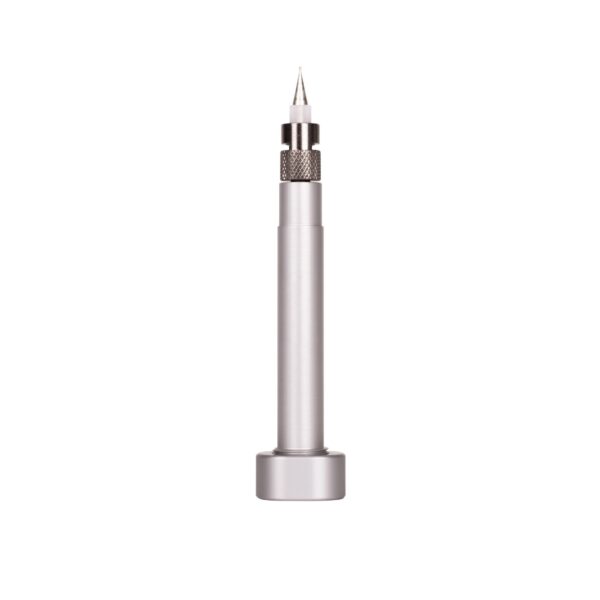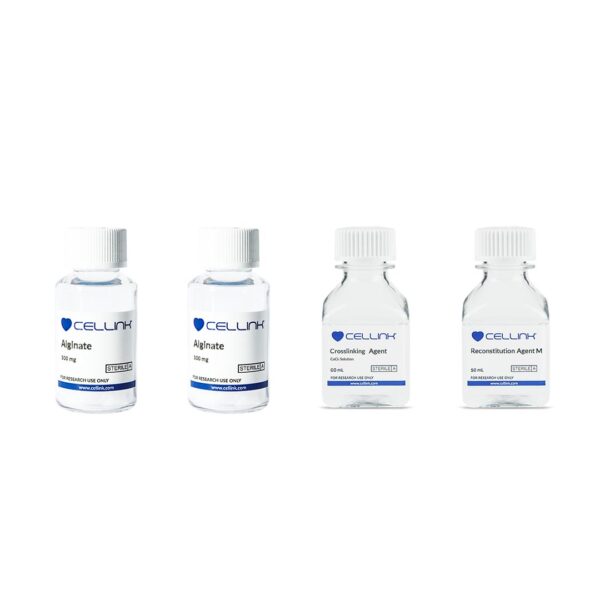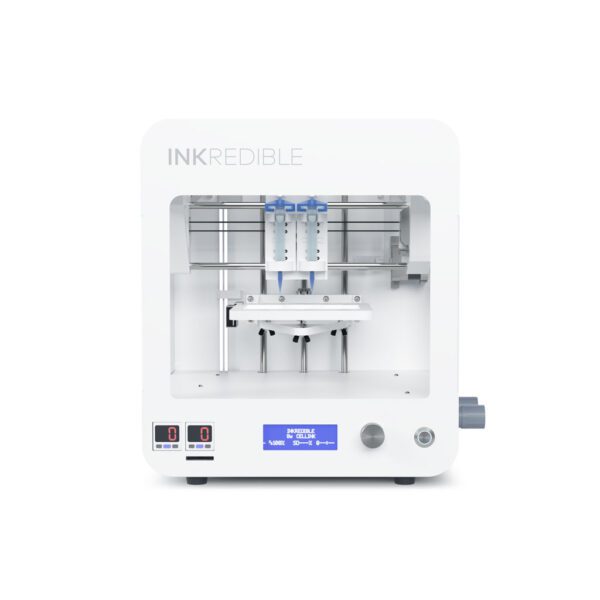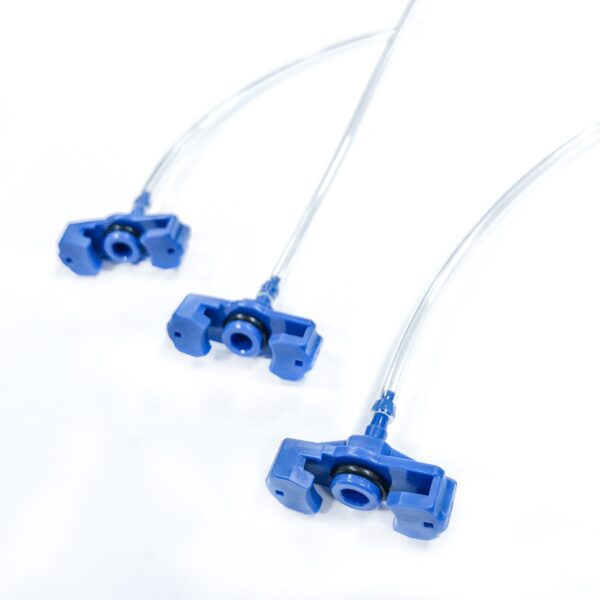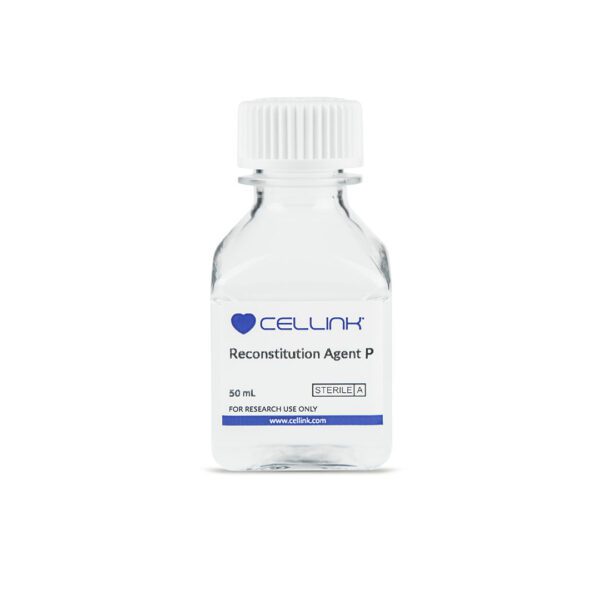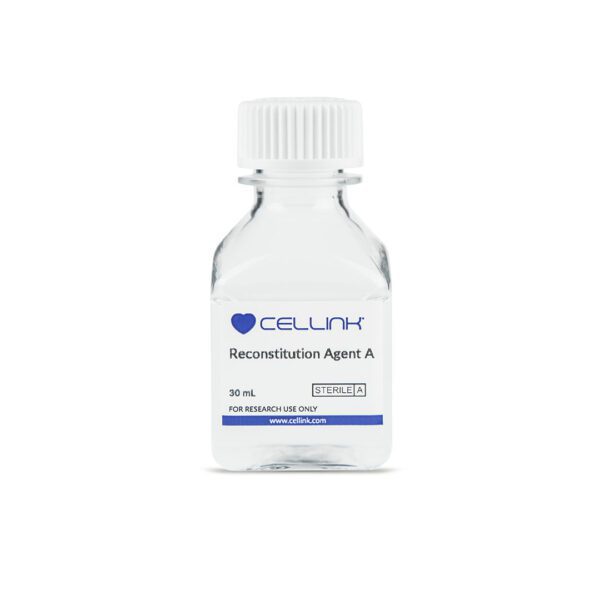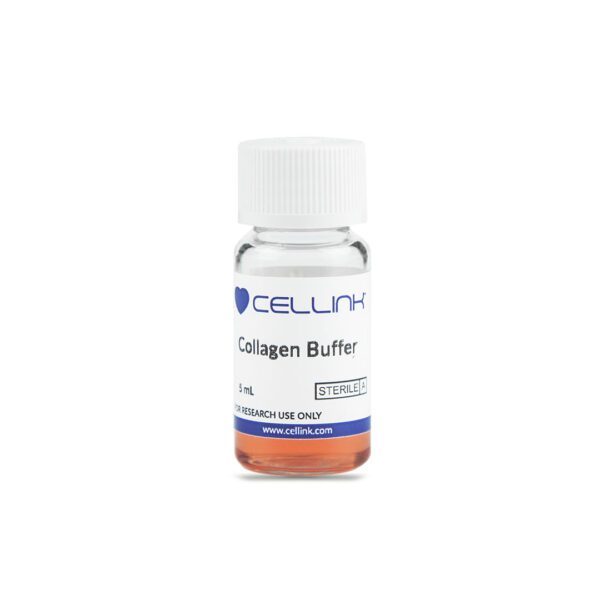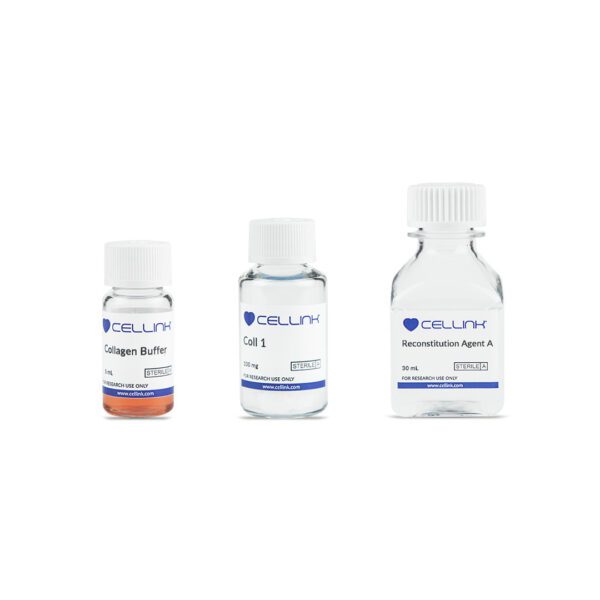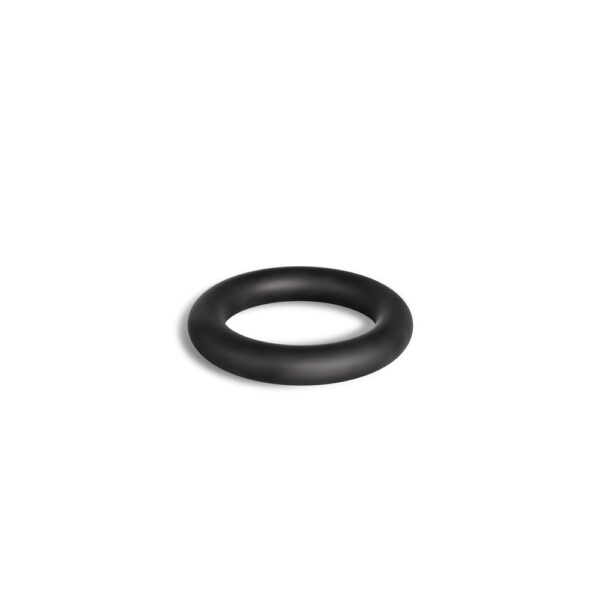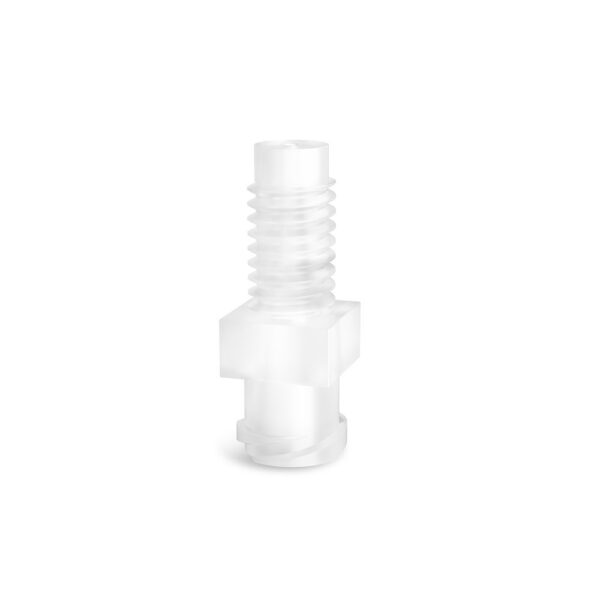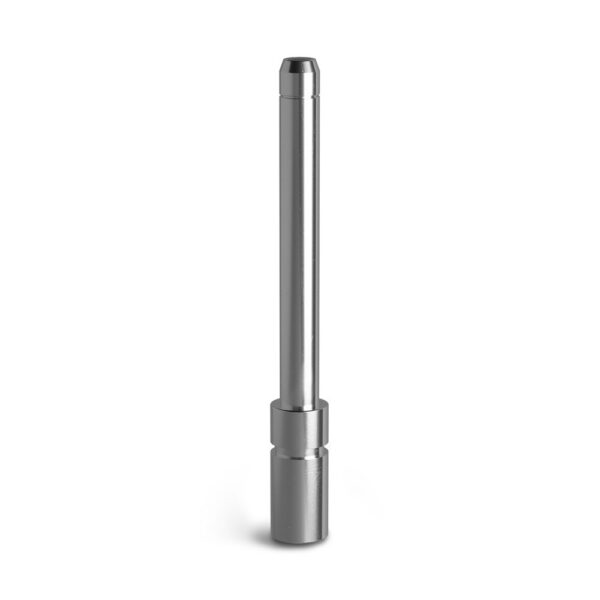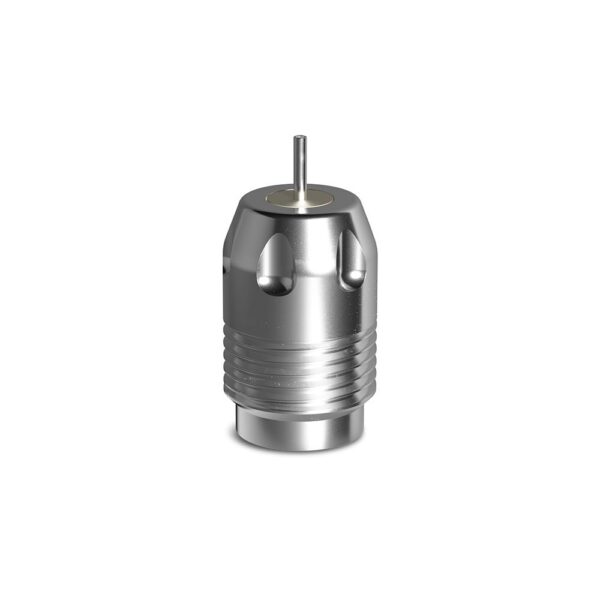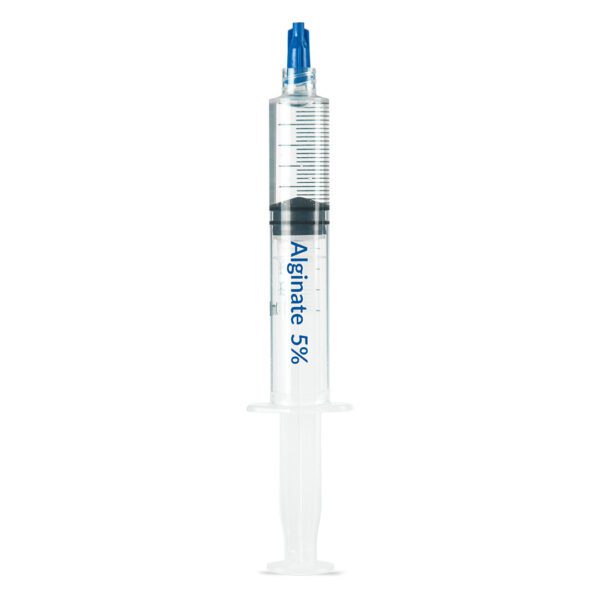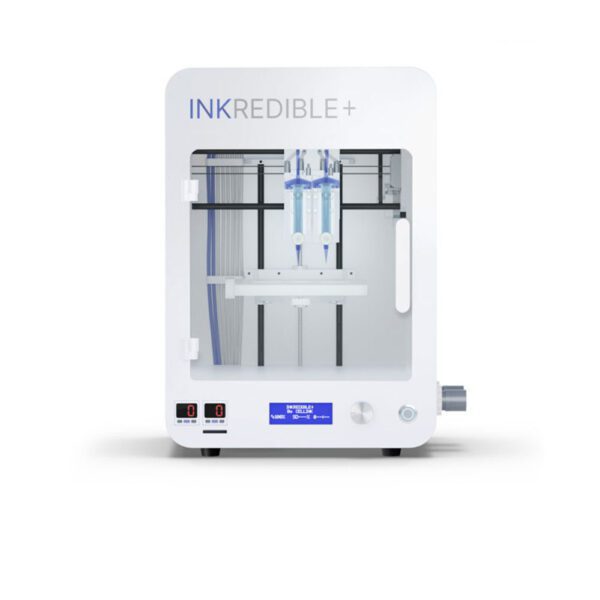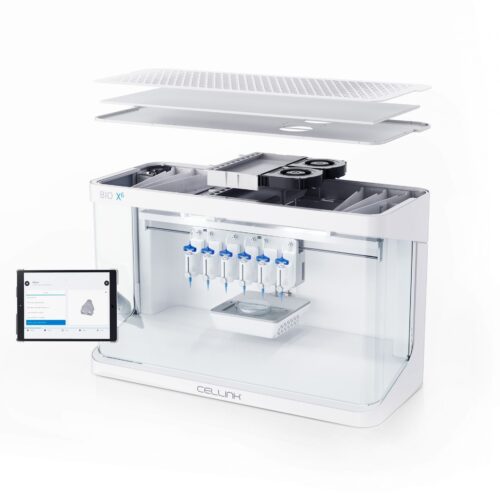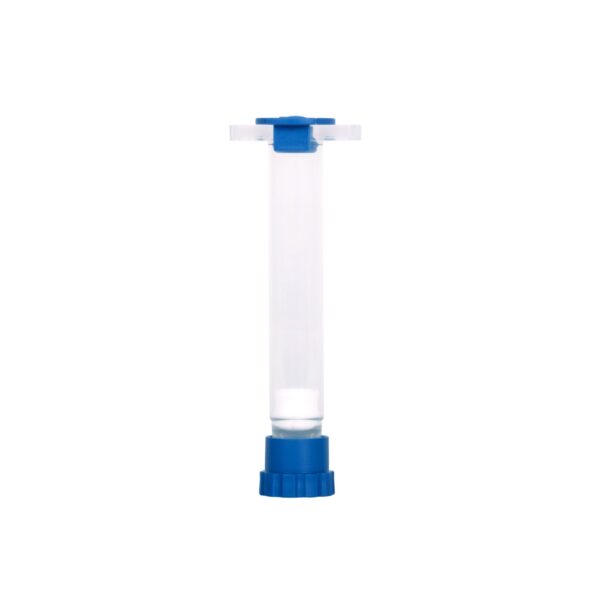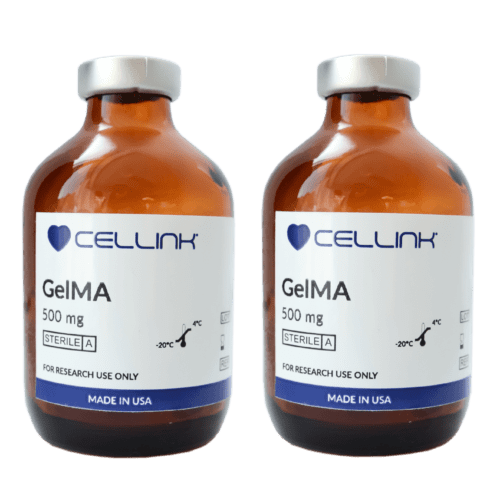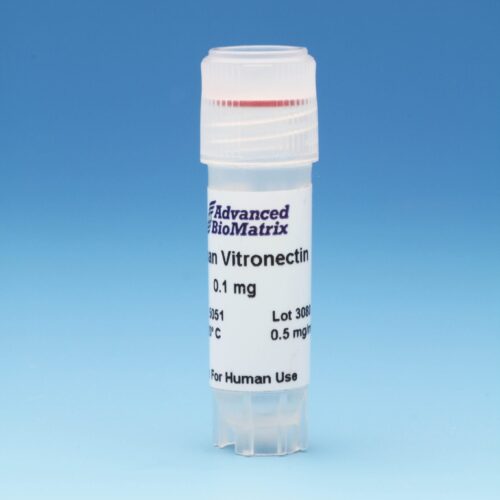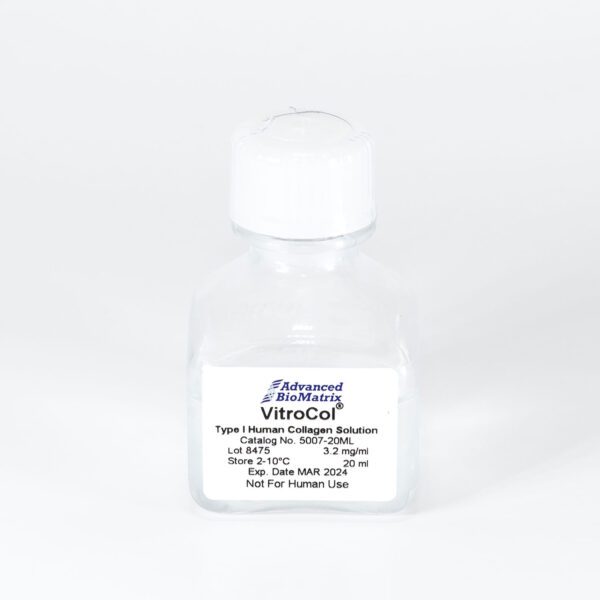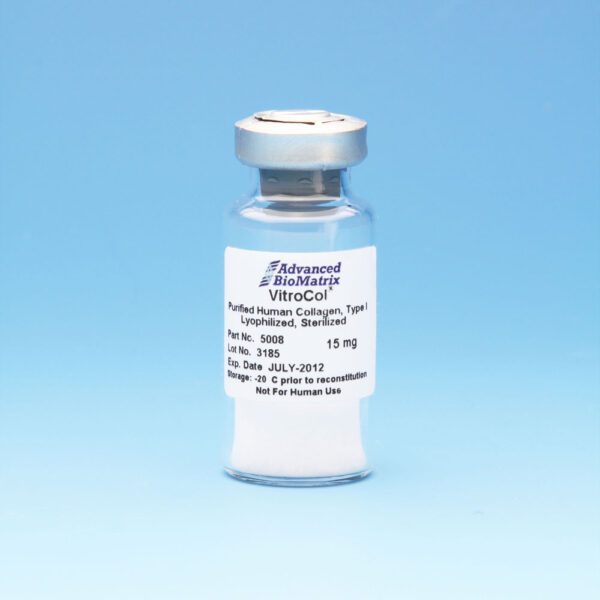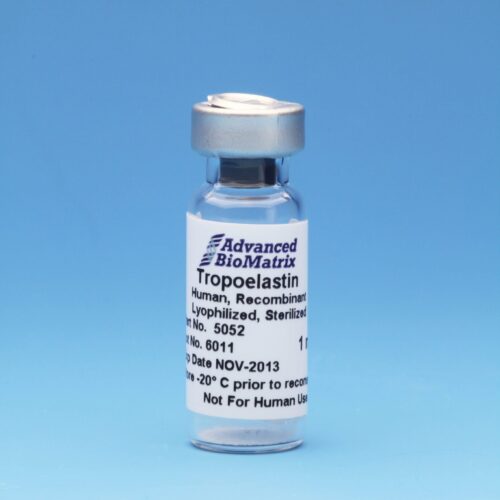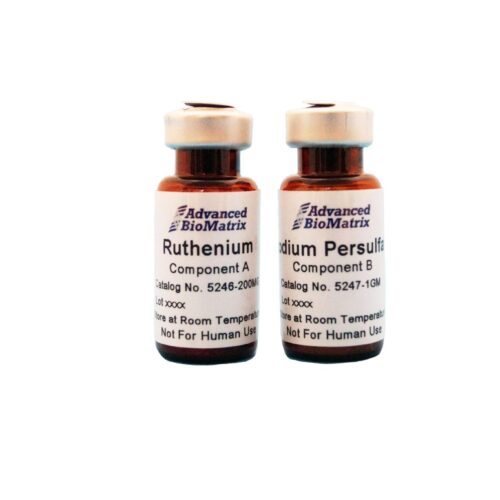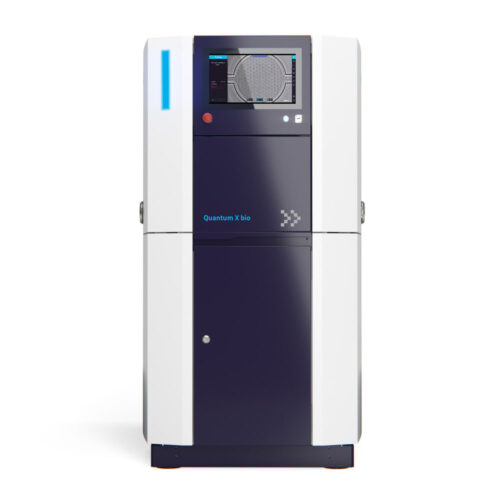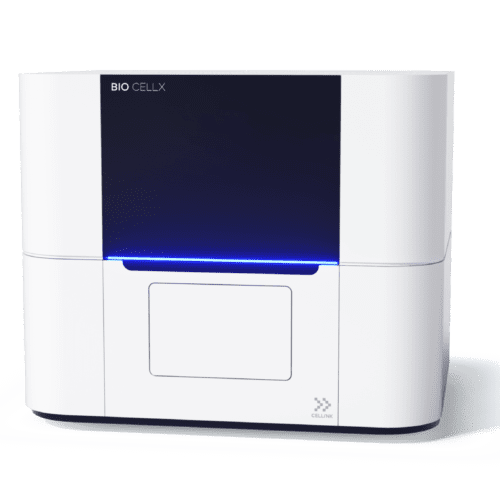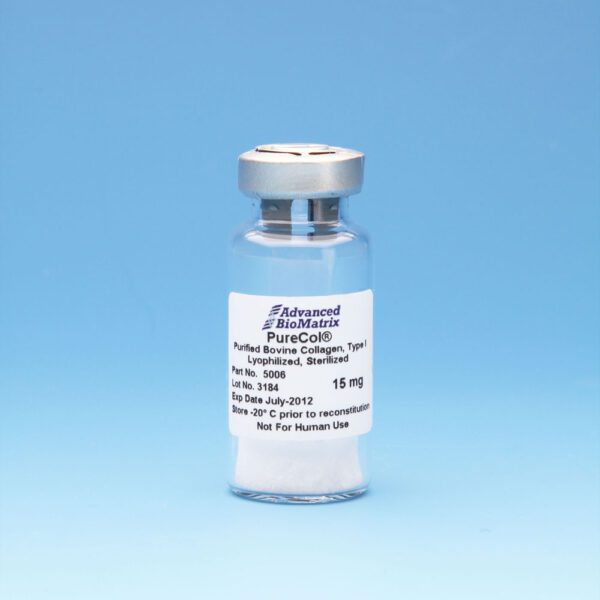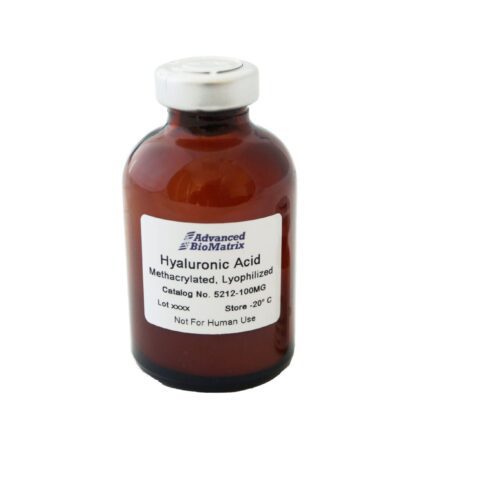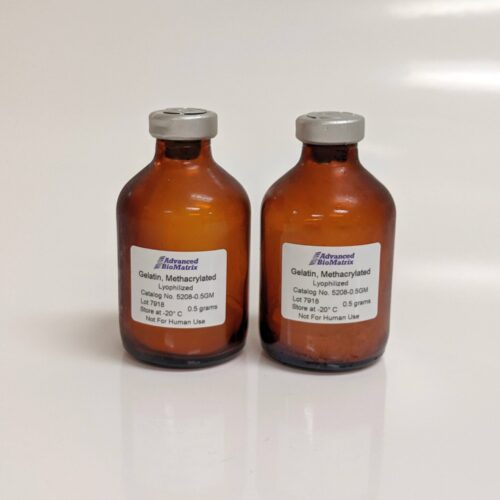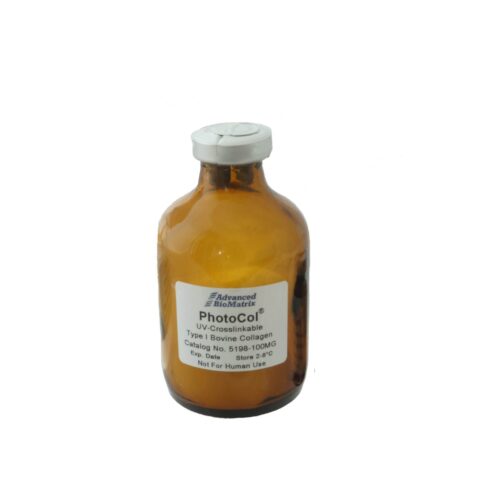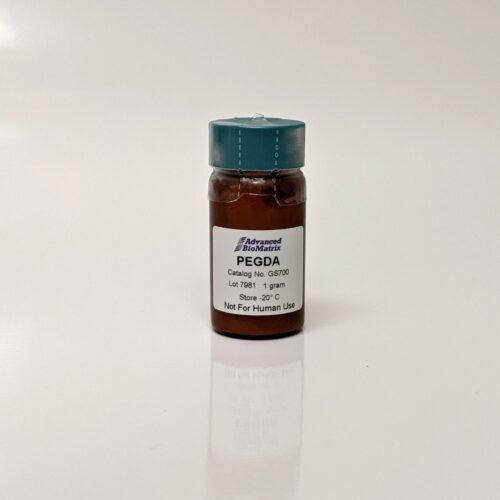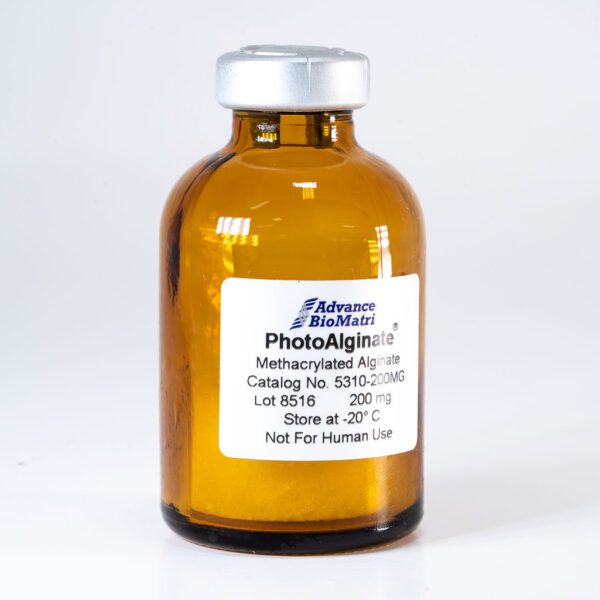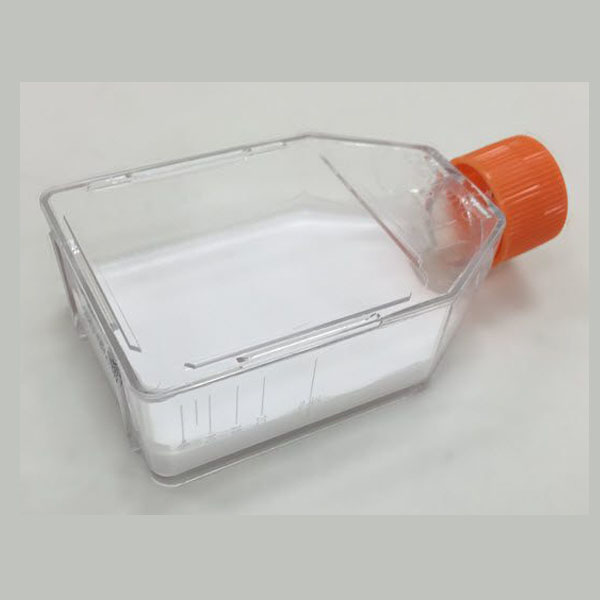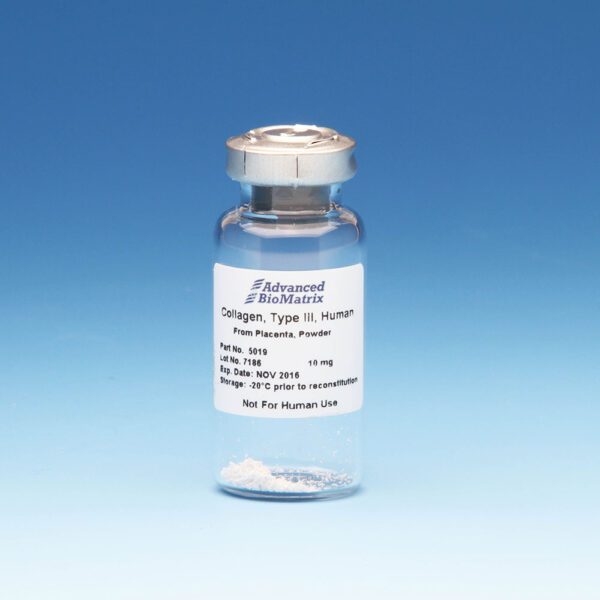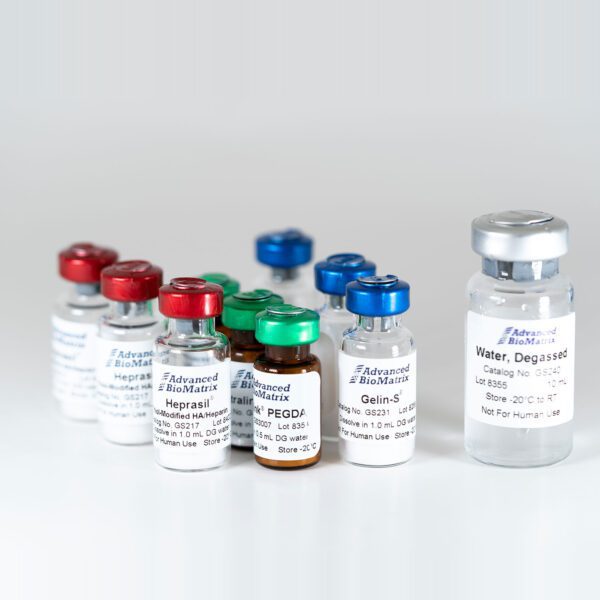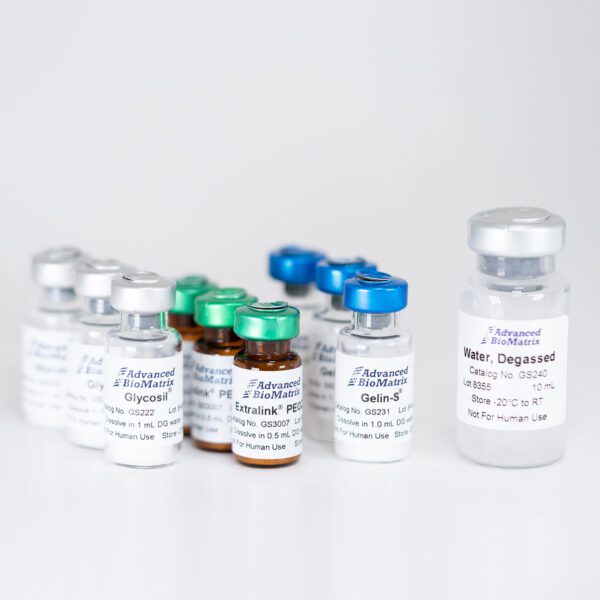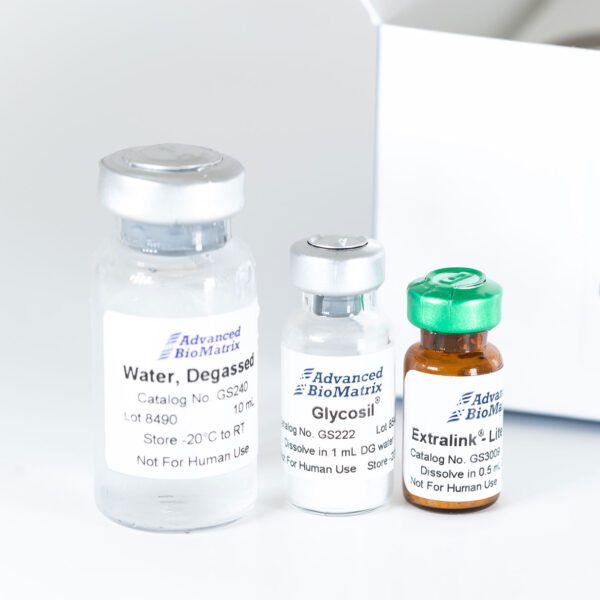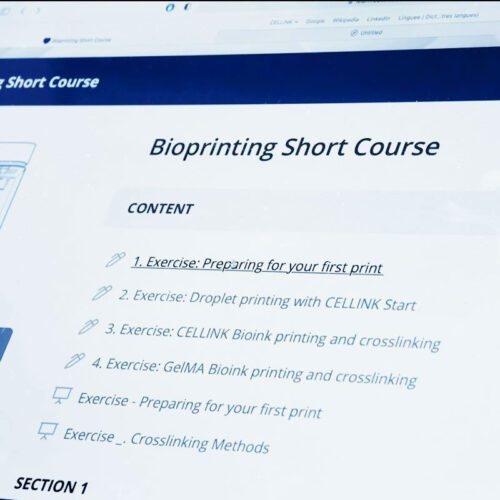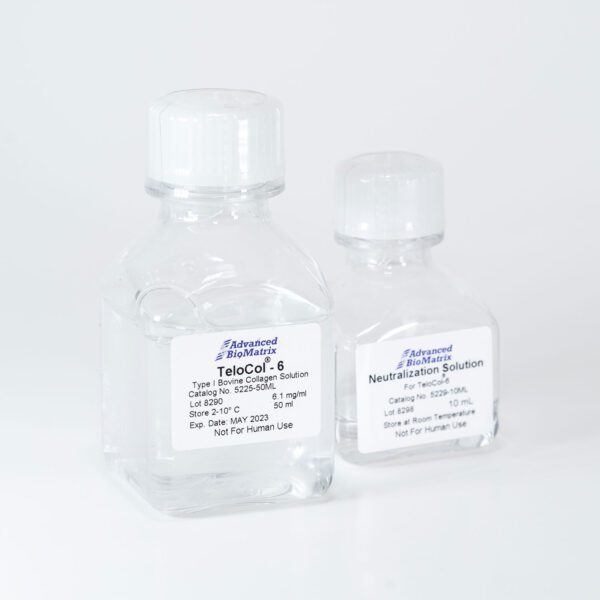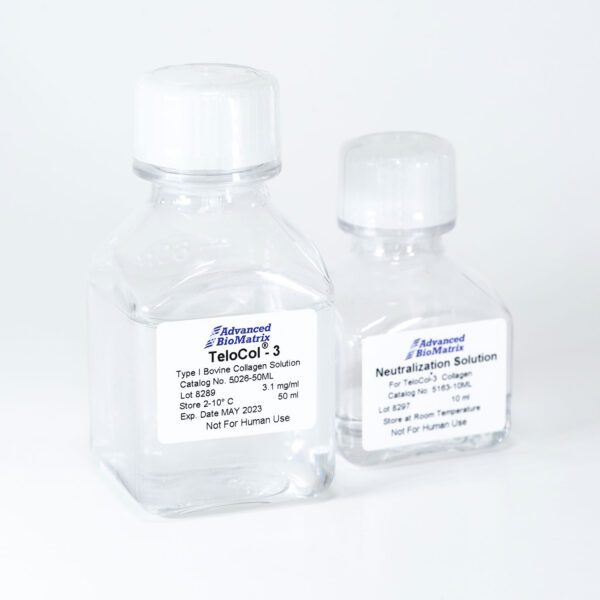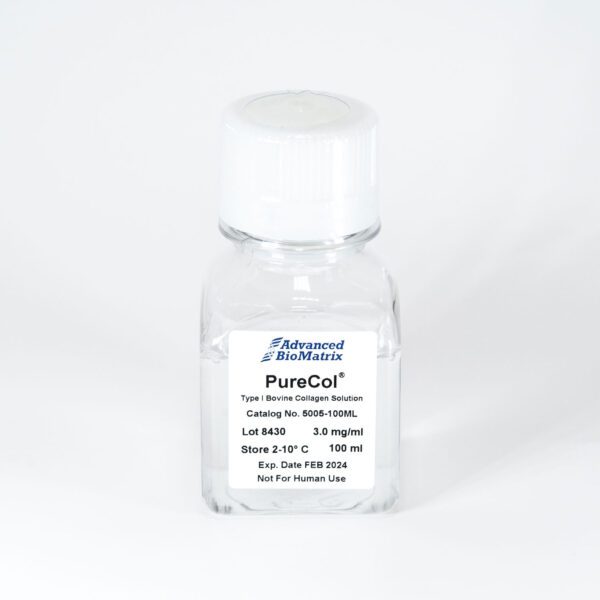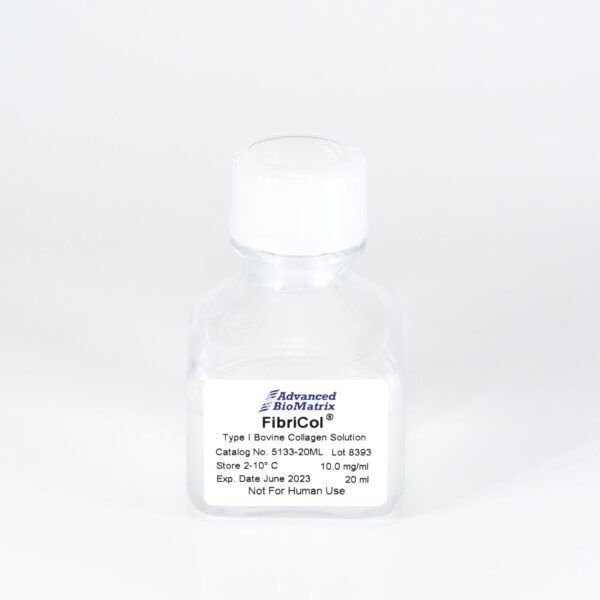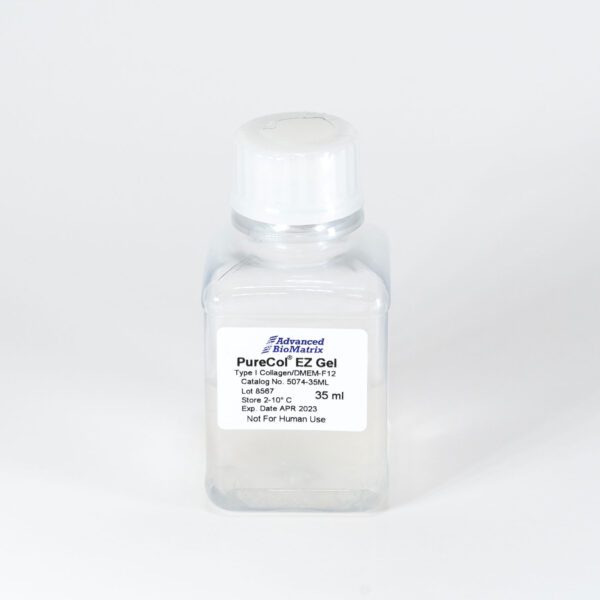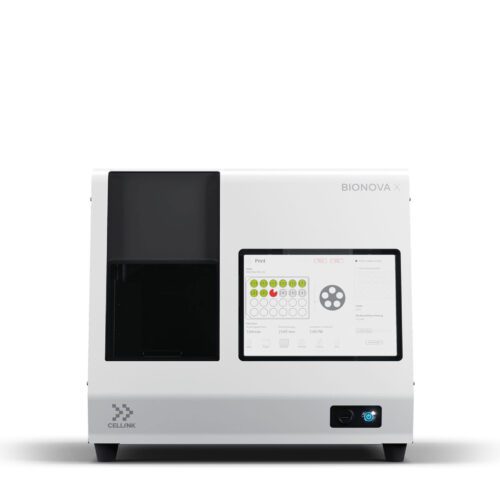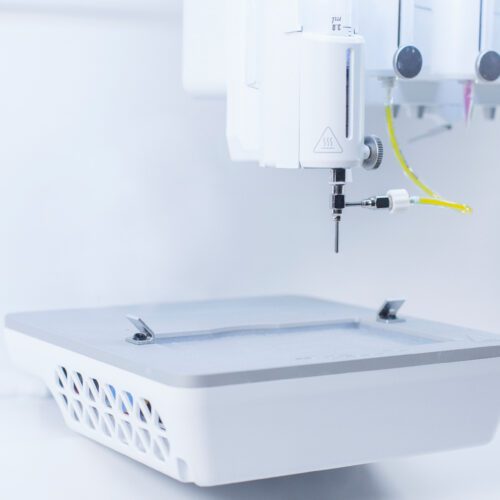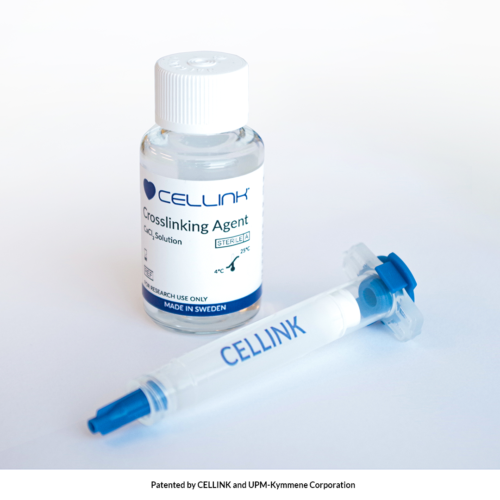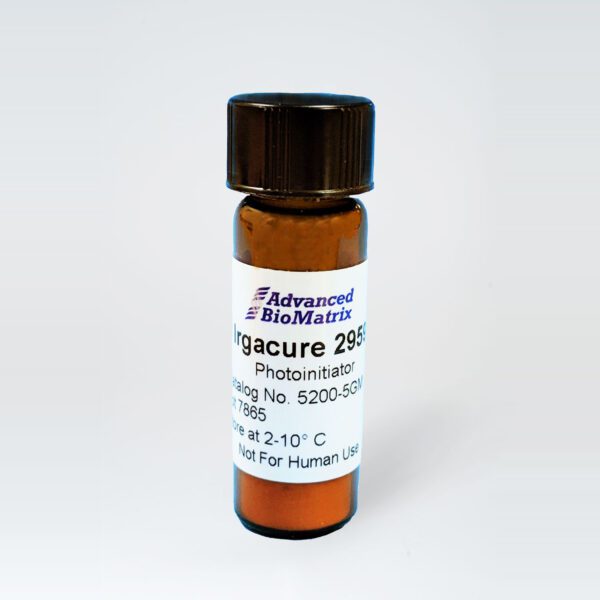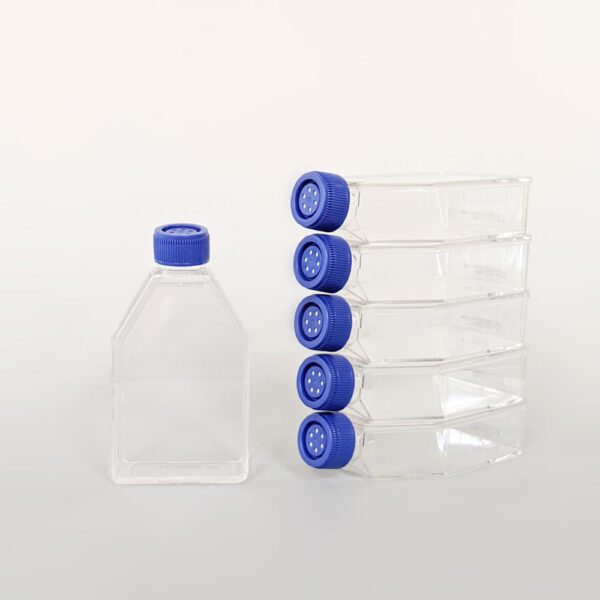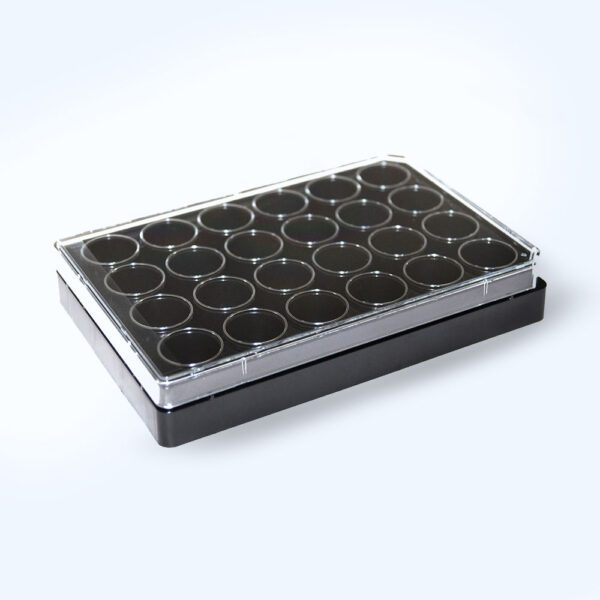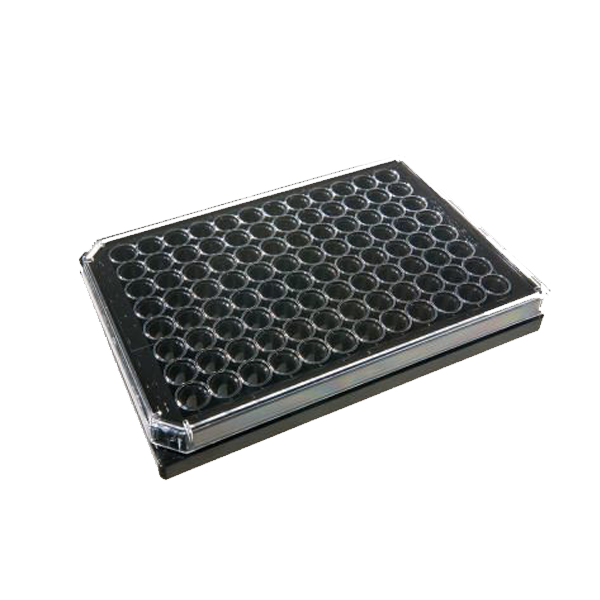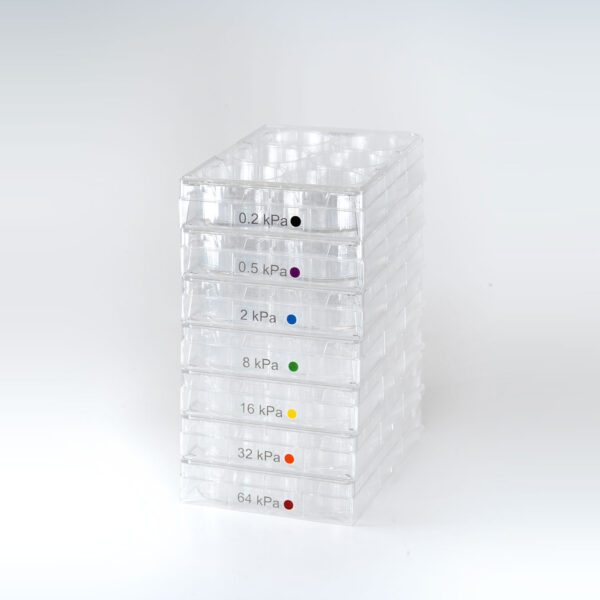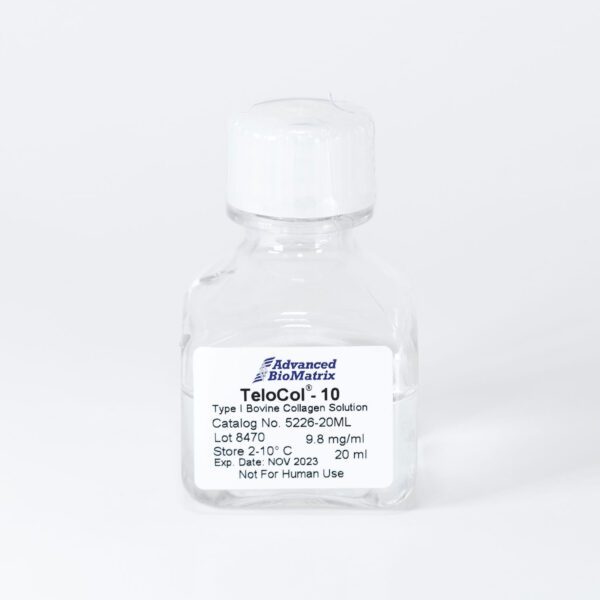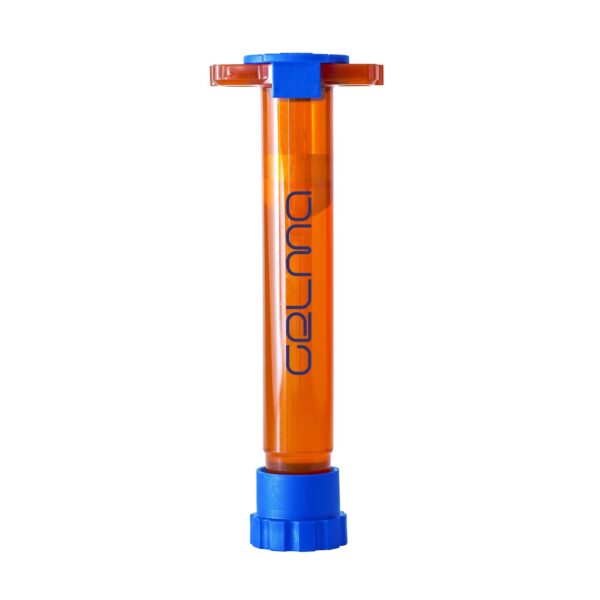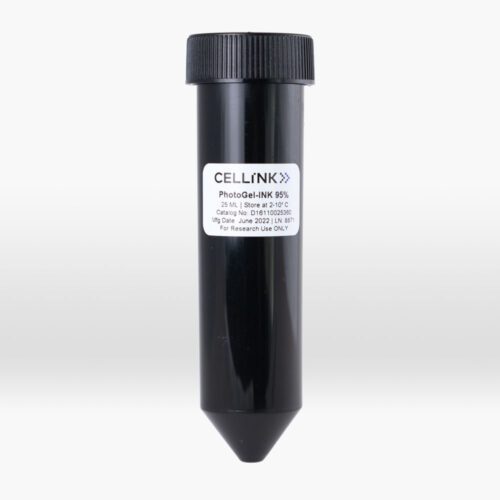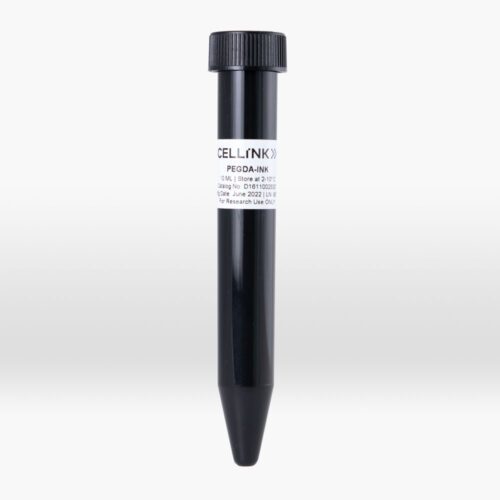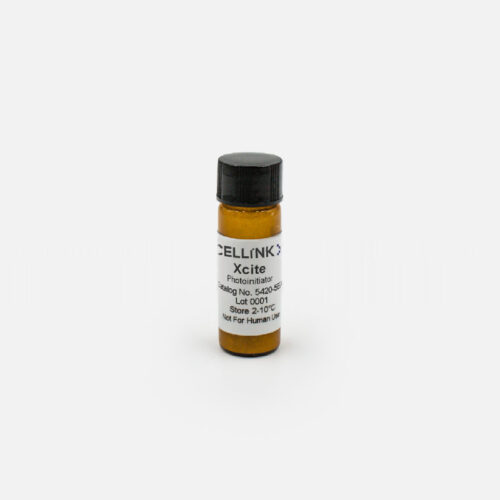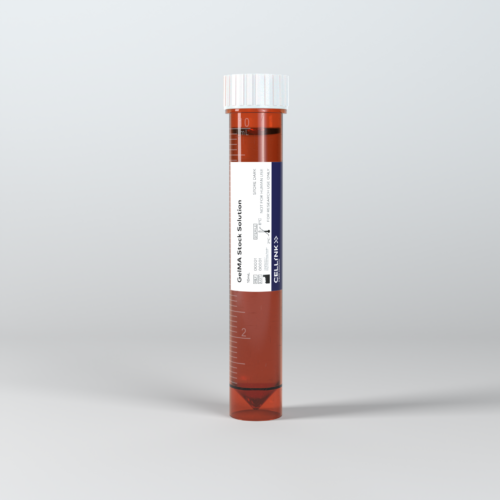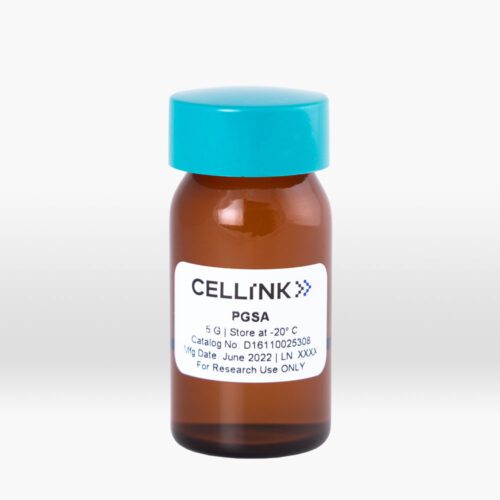Challenge:
To design the selective long chain polyunsaturated fatty acids (PUFAs) as a inhibit coactivator for wild and mutated ligand binding domain (LBD) of vitamin D receptor’s (VDR).
Solution:
BIOVIA Discovery Studio
Benefits:
- User friendly workflow to identify potential modulators of VDR
- Multiple lead optimization to bolster complex hypothesis
- End-end solution for novel approach
- Cost-effective screening of compounds
- Prioritize the compounds for invitro study
CHALLENGE: To Understand the role of PUFAs binding with wild and mutated vitamin D receptor’s
This customer utilized the BIOVIA scientific solution–Discovery studio to bolster hypothesize that how long chain PUFAs such as, Eicosapentaenoic acid (EPA), Docosahexaenoic acid (DHA) and Arachidonic acid (AA) would directly modulate the dynamics and kinetics of VDRs(Fig 1), irrespective of bioactive Vit.D binds to VDR. The typical molecular mechanism utilizes bioactive Vit.D binds to the VDR with very high affinity and subsequently binds with retinoid X receptor (RXR) to initiate the recognition of vitamin D response elements (VDREs) and recruitment of co-factors on target genes.
But, mutations in the highly conserved DBD(DNA-binding domain) of the VDR interfere with VDR-DNA interactions, but not ligand binding and result in loss of VDR function and altered the ligand binding affinity, affecting heterodimerization with RXR, or inhibiting coactivator interactions. These LBD mutations may result in partial or total hormone unresponsiveness.

Fig 1: Chemical structures of (a) EPA) (b) DHA) (c). AA
This customer proposing the hypothesis that the long chain PUFAs such as EPA, DHA and AA could directly modulate the dynamics and kinetics of VDRs, irrespective of bioactive Vit.D binds to VDR(Fig 2).

Fig 2: Proposing hypothetical challenge
The ADMET, Lipinski’s and CDOCKER molecular dynamic docking, CHARMm dynamics tools in the Discovery studio to understand and elucidate the proposed hypothetical mechanism. So, the authors prepared the wild type VDR (PDB id: 2ZLC), VDR bound with specific coactivator (peptide) of (PDB id: 1RKG) and mutated VDR 3VT7 as a drug targets and attempt to dock with selected long chain PUFAs.
RESULT: Aliphatic compounds dominate aromatic binding the VDR binding site
The ligand molecules with the least binding energy are considered compounds with the highest binding affinity. The three PUFAs AA, DHA, and EPA had
shown least binding energy and the values were -112.24 kcal mol-1, -97.46 kcal mol-1, -90.20 kcal mol-1, respectively. When compared to the native ligand Vit D3 (-78.79 kcal Mol-1) against the wild type VDR and two VDRs. That lead to draw the
preliminary conclusion of binding that the selected PUFAs appreciably modulates the VDRs.The binding of PUFAs at the LBD region of VDR is depicted below(Fig 3). Further, ADMET and dynamics concerts the study.

Fig 3: A: DHA 2D Interaction of amino acids in the binding pocket of 2ZLC, 1RKG and 3VT7. B: Vit.D. 2D Interaction of amino acids in the binding pocket of 2ZLC, 1RKG and 3VT7
RMSD(Root mean square deviations) values of each receptor-ligand complex were plotted to elucidate the effect of the compounds on the structural stability and integrity. Overall, both complexes maintain their equilibrium minor changes in conformations (Fig 4A). Radius of gyration (Fig. 4B) estimates the compactness of protein folding and unfolding mechanism throughout the dynamics. DHA is aliphatic substituent to the protein binding site showing significant changes with a higher Rg value of 18.84 Åwhen compared with the vitamin D which showed an average Rg value of 18.79 Å at the 5 ns of molecular dynamics simulations.

Fig 4. RMSD and radius of gyration to elucidate the effect of the compounds on the structural stability and integrity
SOLUTION: Implications of the proposed hypothesis using discovery studio
The proposed hypothesis and supporting insilico evidence using the discovery tools bolsters and the concrete base of the process by which selective PUFAs influence VDR, this would be the definitive pioneering study of the complementary roles of selective PUFAs (EPA, DHA and AA) in metabolic targets. The outcomes will be applied to develop a novel treatment/prevention strategy to combat VDD, which would have a significant health impact combating VDD and associated complications.
Cite : H. Balaji, A. Selvaraj, N. Saha , P.S. Sundar, S. Jubie, S. Dhivya, K. S. Mohankumar, Distinct Modulation of Wild-Type and Selective Gene Mutated Vitamin D Receptor by Essential Polyunsaturated Fatty Acid, Mini-Reviews in Medicinal Chemistry, 2021, 21.
Acknowledgement : We, team thankful to Dr. S. Jubie and Dr. Suresh Mohan Kumar of JSS college of Pharmacy, Jss academy of higher education& Research. Ooty, Tamilnadu. For sharing their one of the research publication a case study.
Publication Date : December , 2022


